-
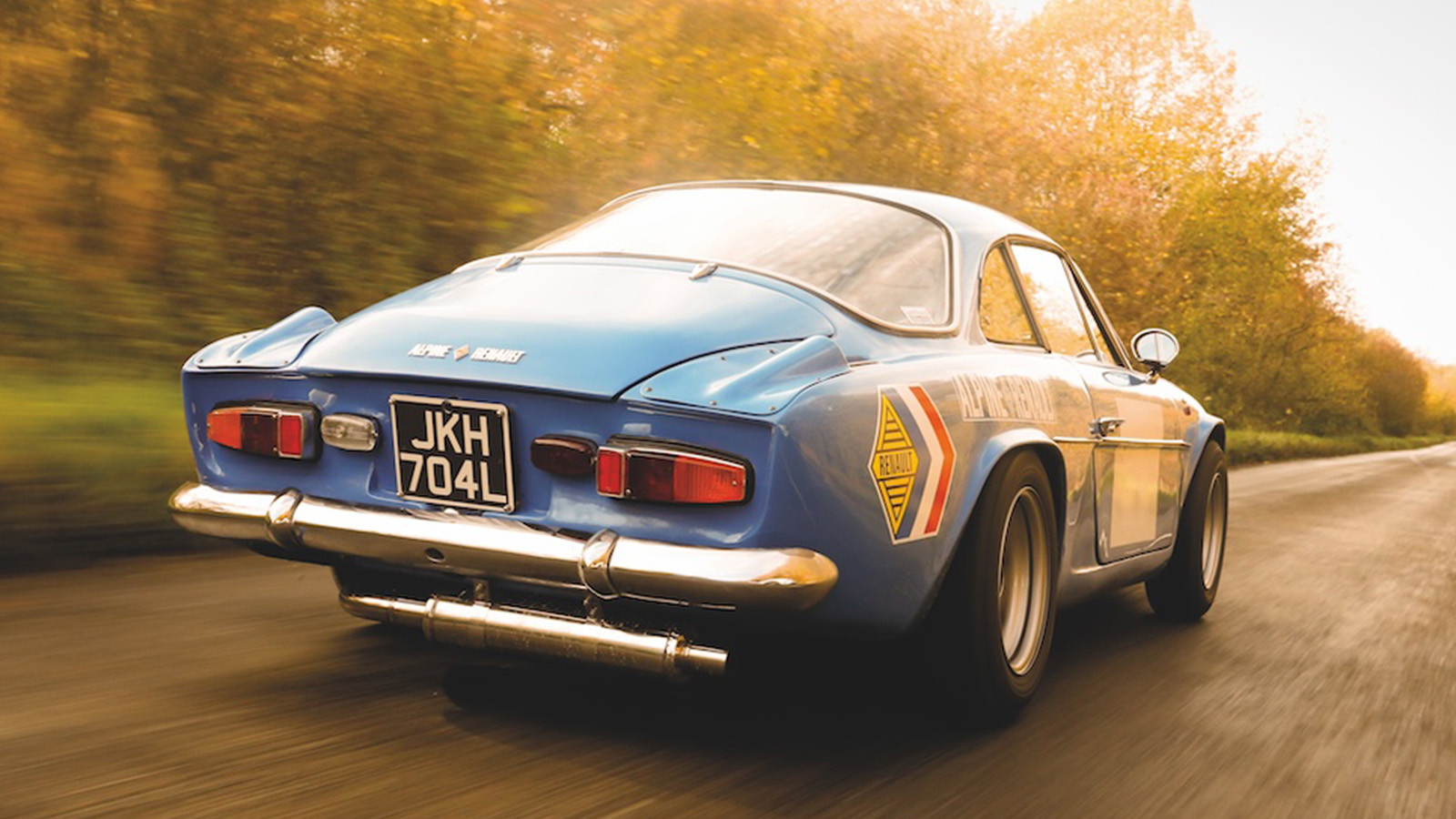 © Tony Baker/Classic & Sports Car
© Tony Baker/Classic & Sports Car -
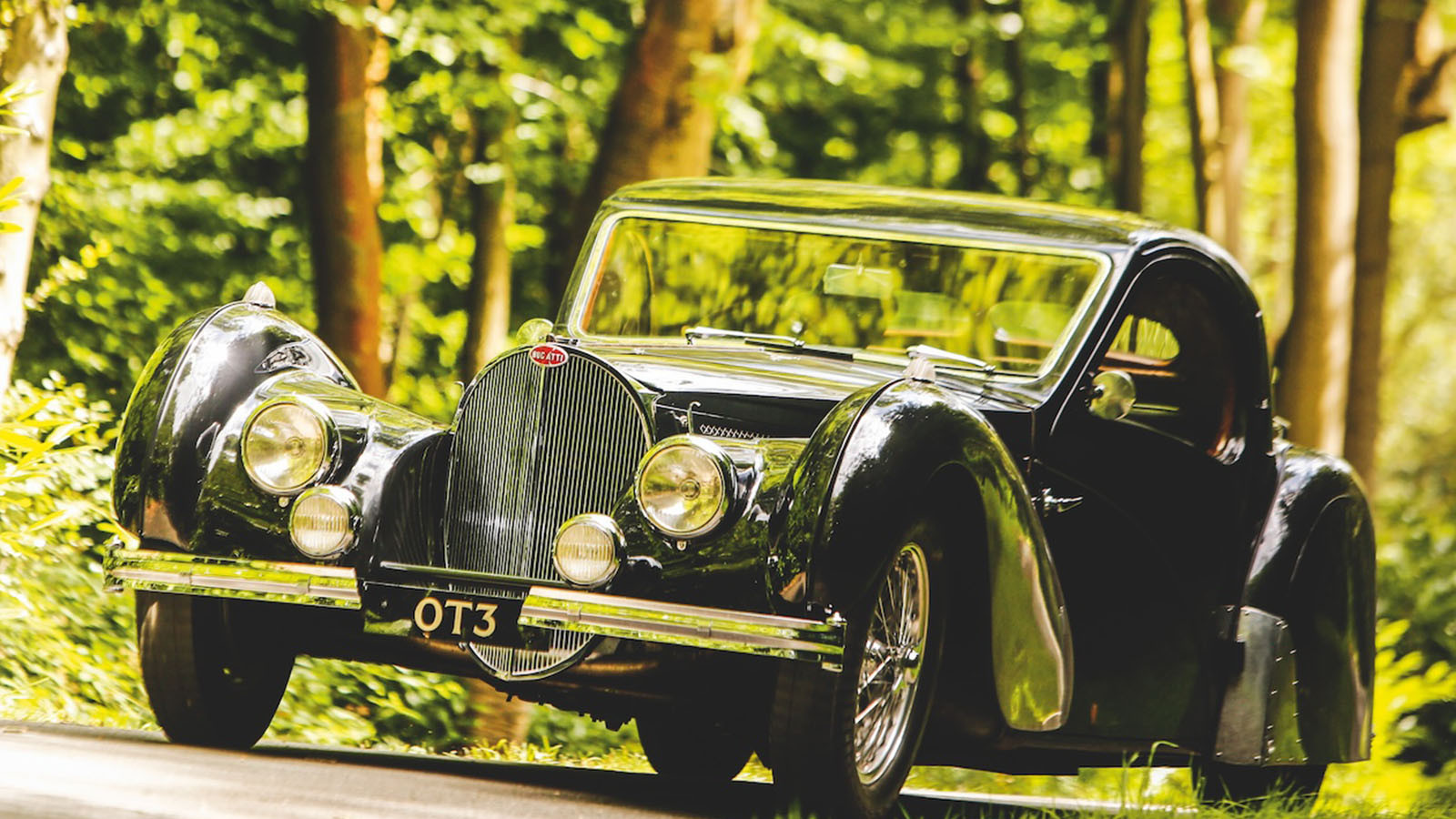 © Tony Baker/Classic & Sports Car
© Tony Baker/Classic & Sports Car -
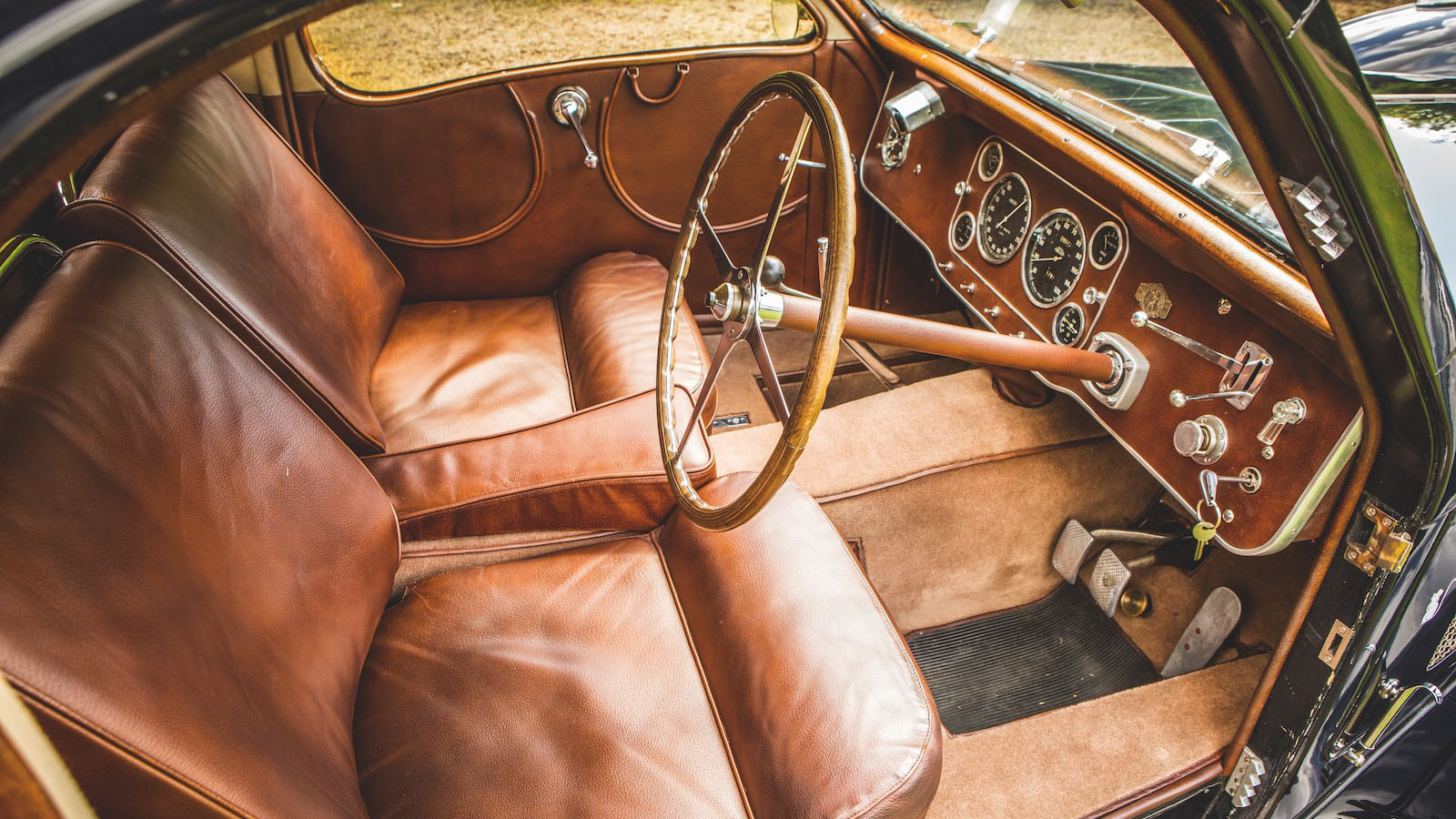 © Tony Baker/Classic & Sports Car
© Tony Baker/Classic & Sports Car -
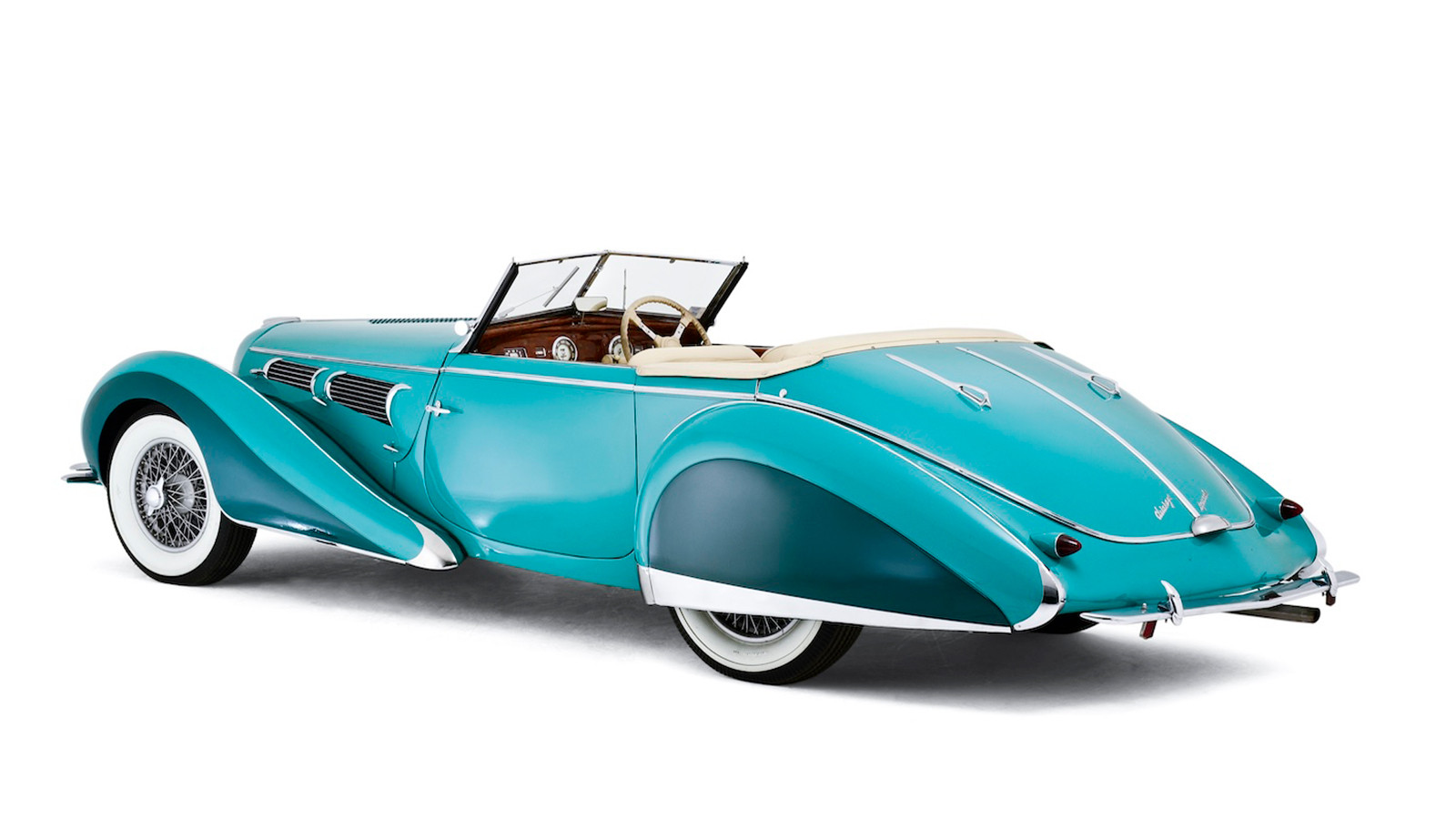 © Tom Wood/RM Sotheby’s
© Tom Wood/RM Sotheby’s -
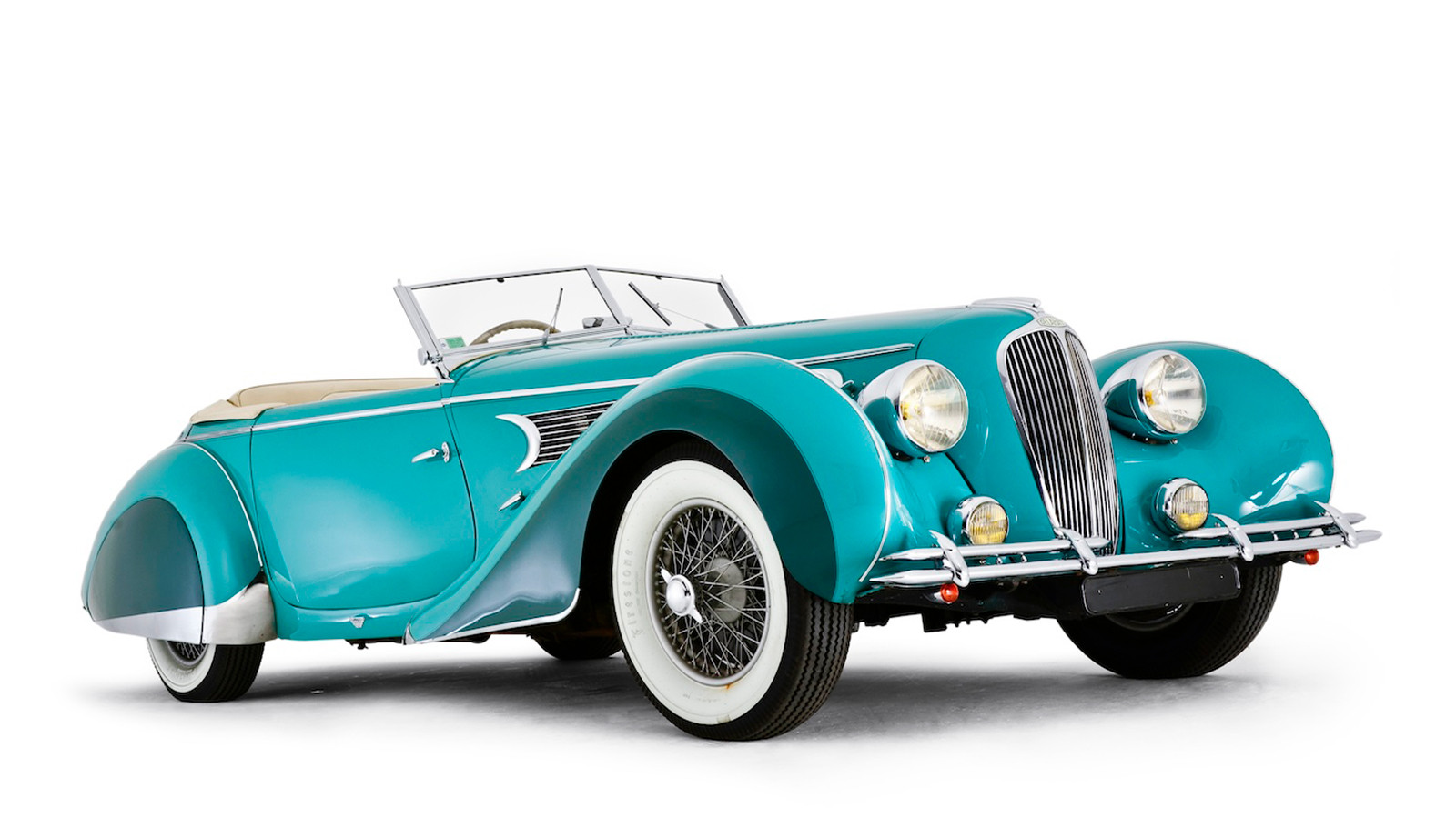 © Tom Wood/RM Sotheby’s
© Tom Wood/RM Sotheby’s -
 © James Mann/Classic & Sports Car
© James Mann/Classic & Sports Car -
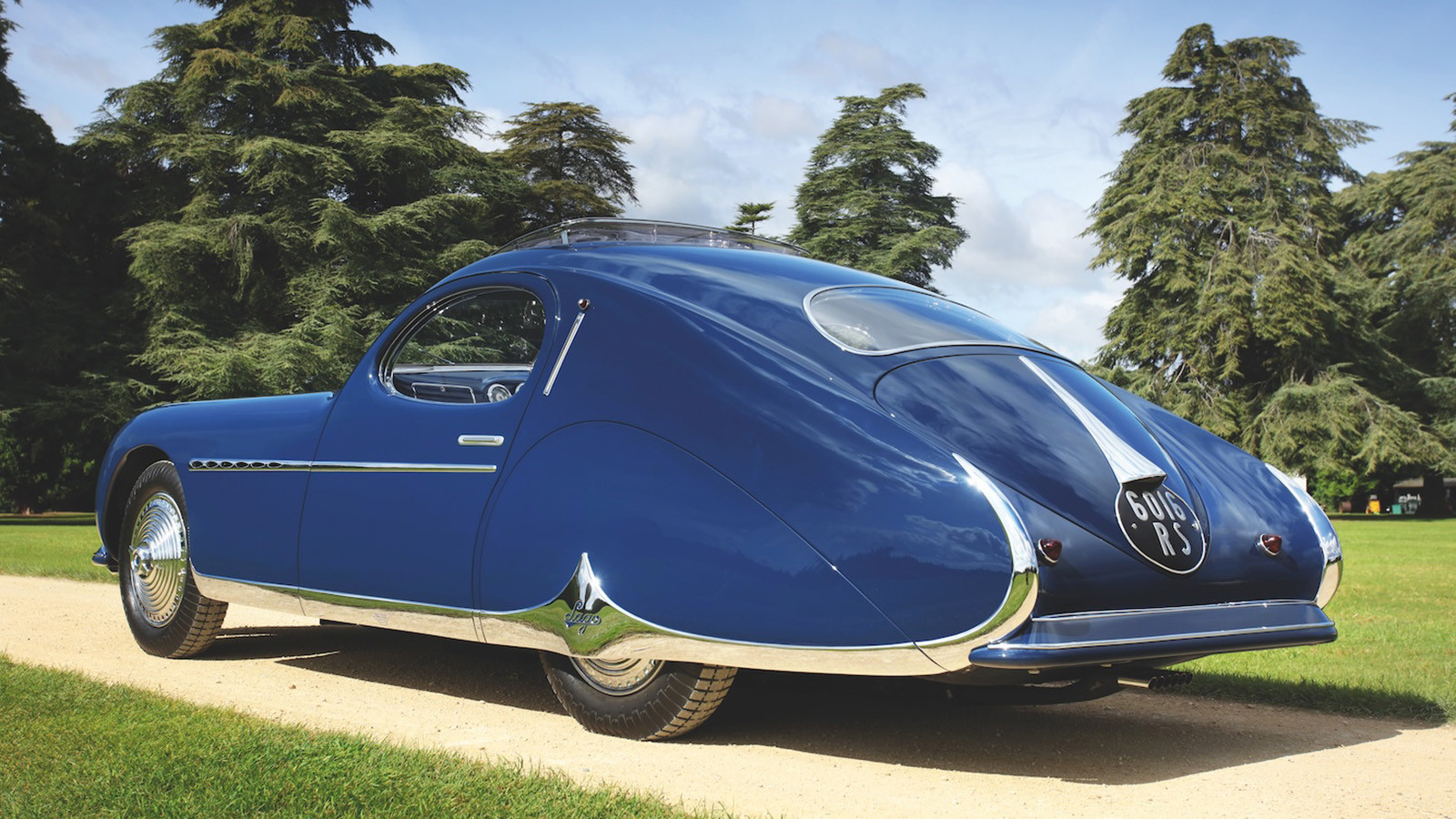 © James Mann/Classic & Sports Car
© James Mann/Classic & Sports Car -
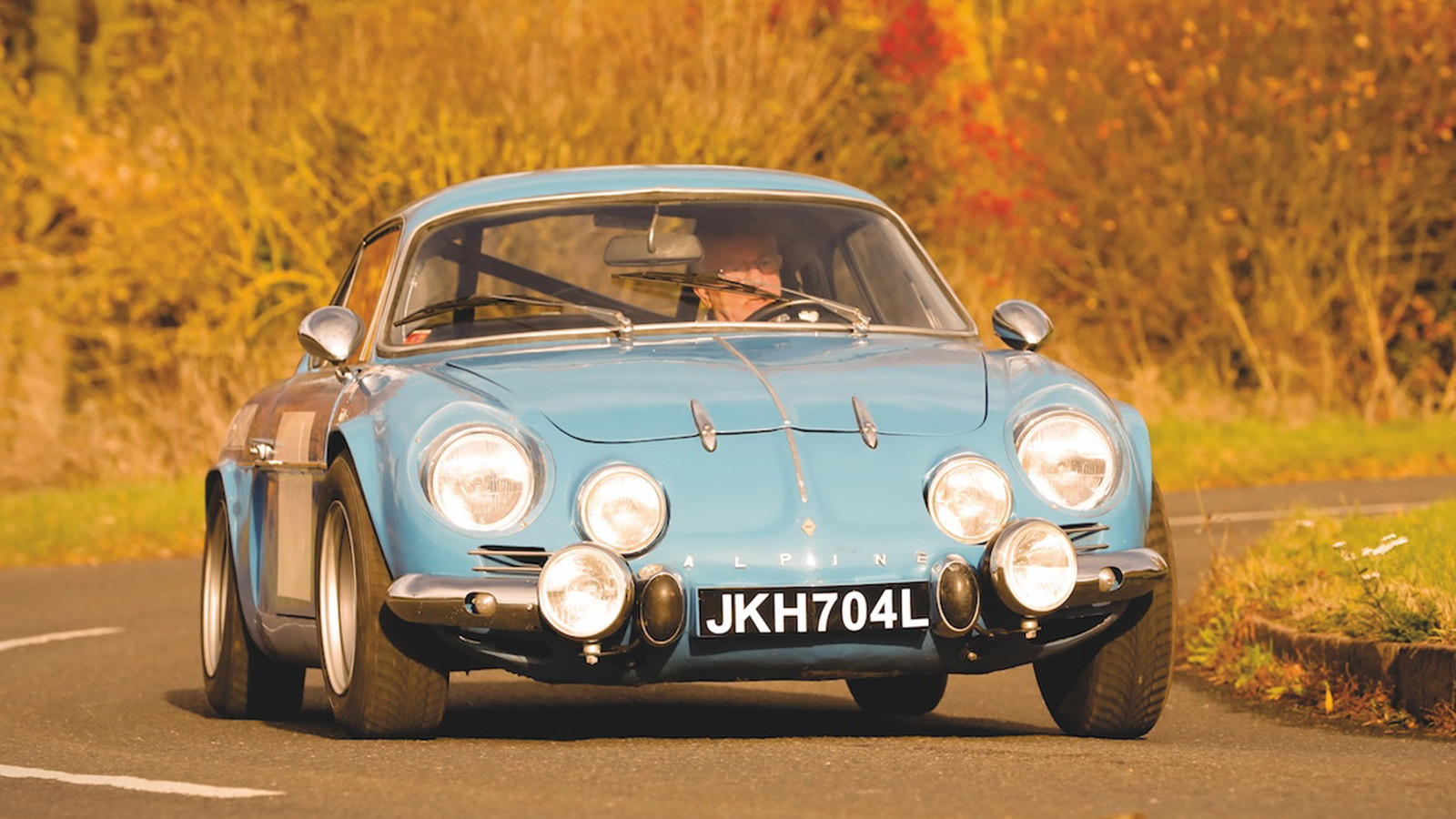 © Tony Baker/Classic & Sports Car
© Tony Baker/Classic & Sports Car -
 © Tony Baker/Classic & Sports Car
© Tony Baker/Classic & Sports Car -
 © Tony Baker/Classic & Sports Car
© Tony Baker/Classic & Sports Car -
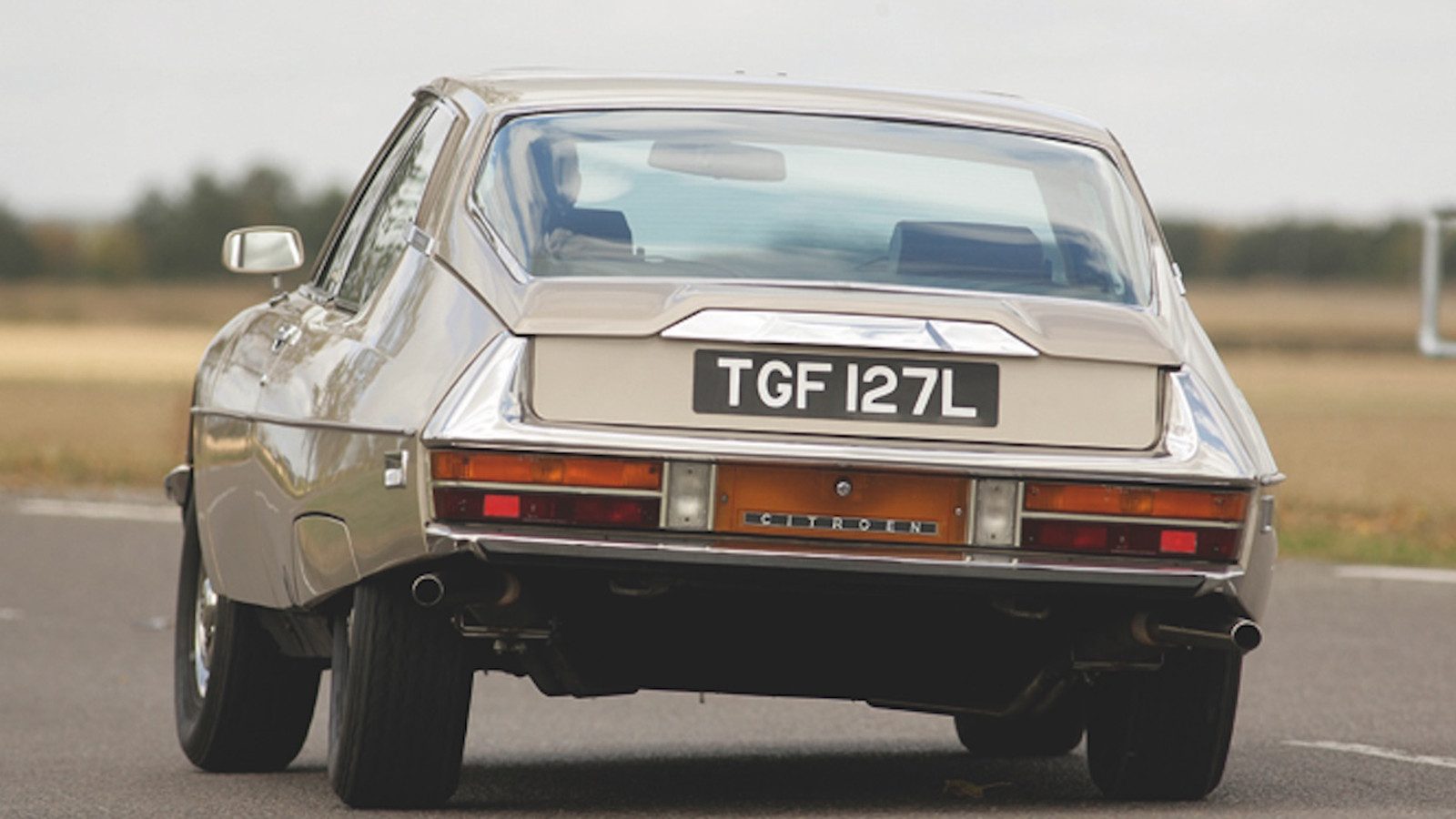 © Tony Baker/Classic & Sports Car
© Tony Baker/Classic & Sports Car -
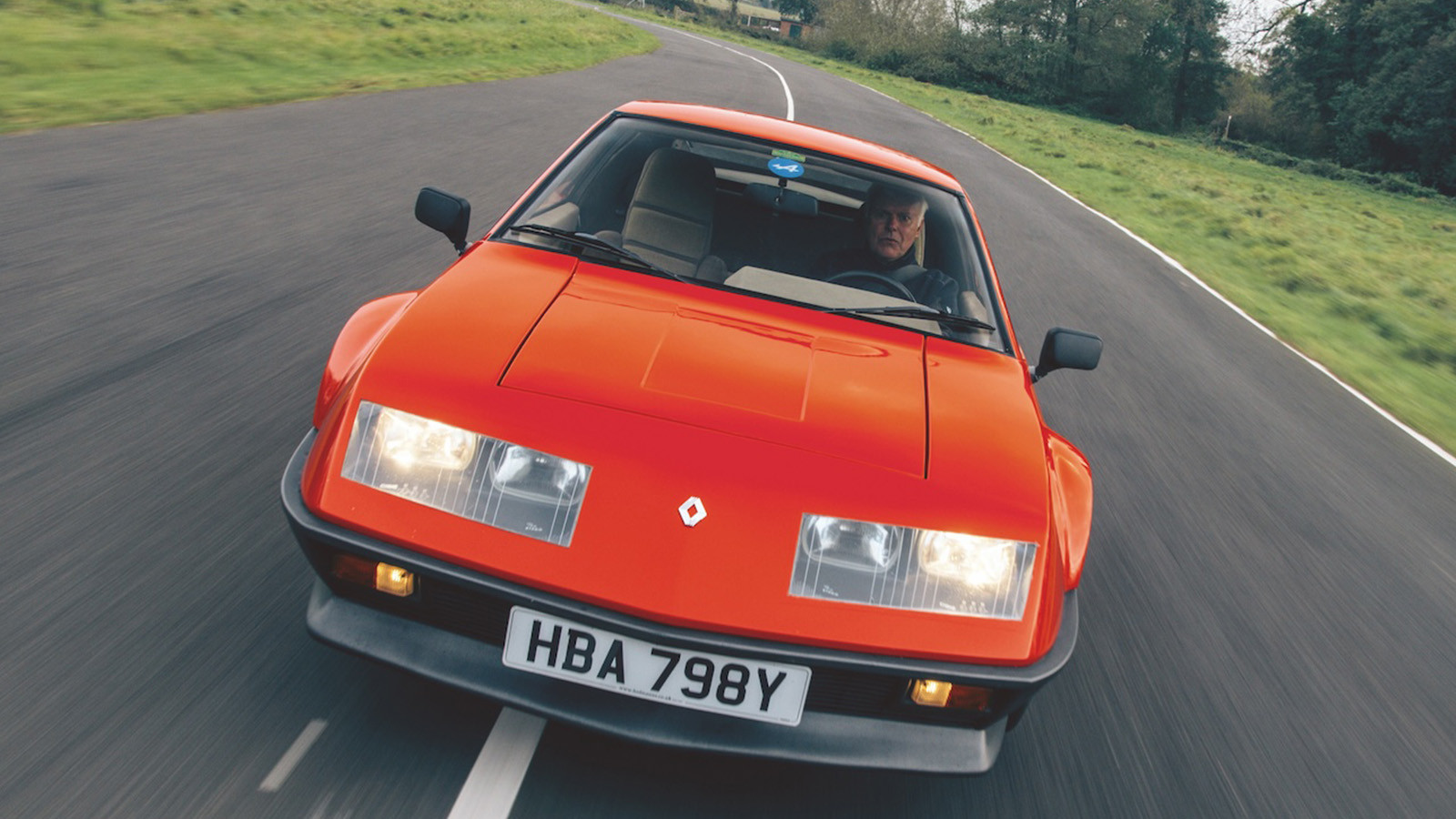 © Olgun Kordal/Classic & Sports Car
© Olgun Kordal/Classic & Sports Car -
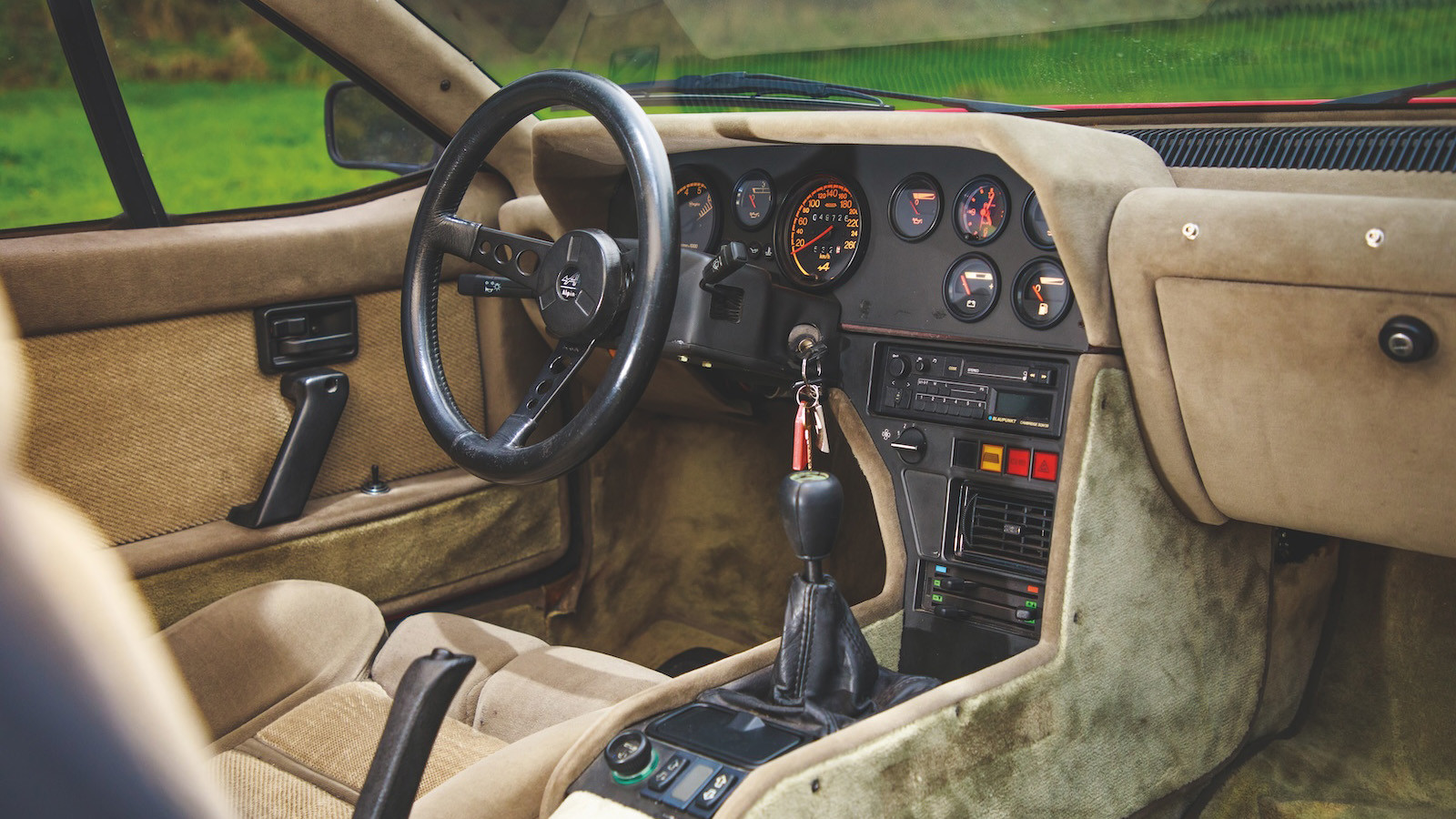 © Olgun Kordal/Classic & Sports Car
© Olgun Kordal/Classic & Sports Car -
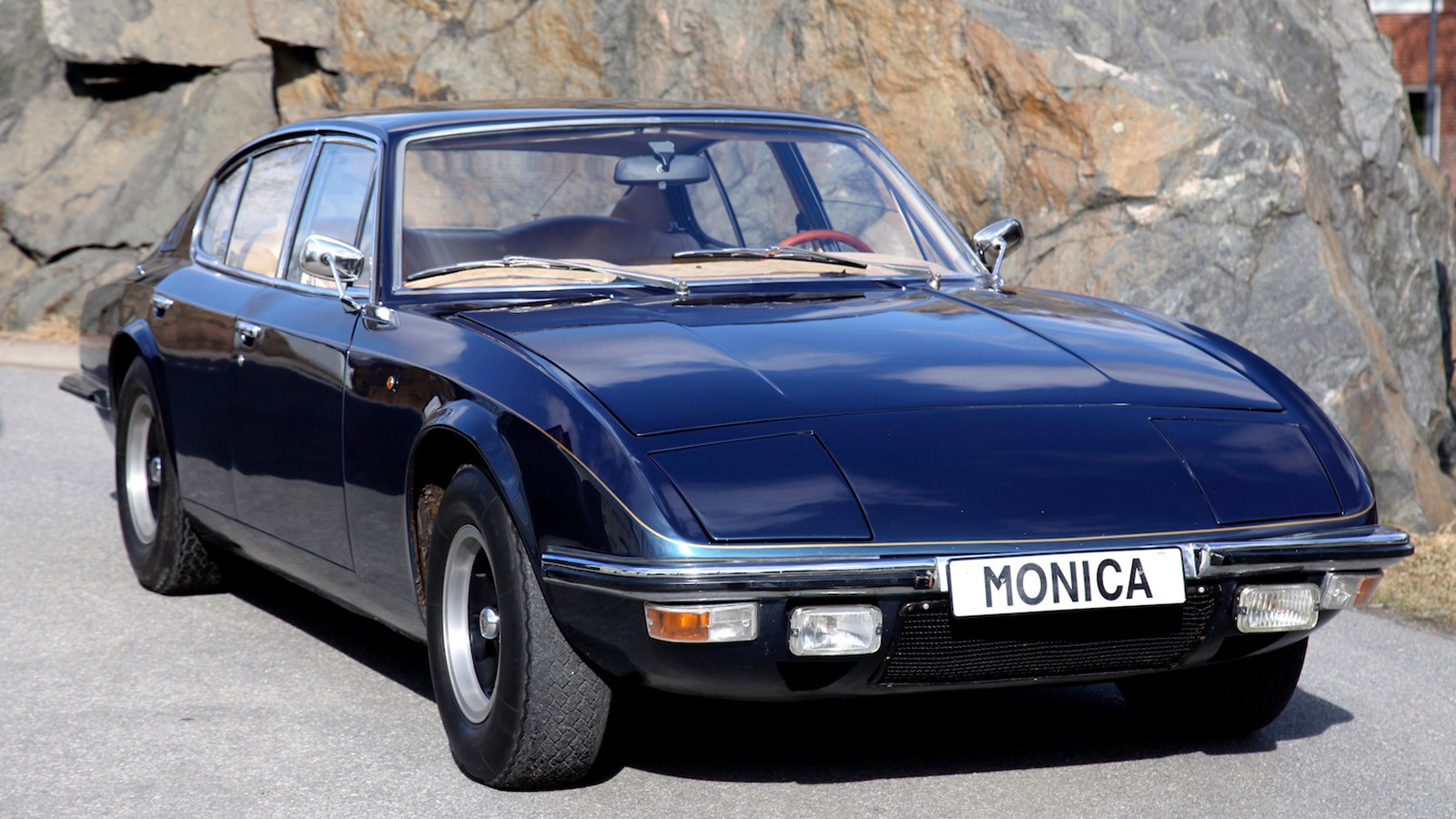 © Classic & Sports Car
© Classic & Sports Car -
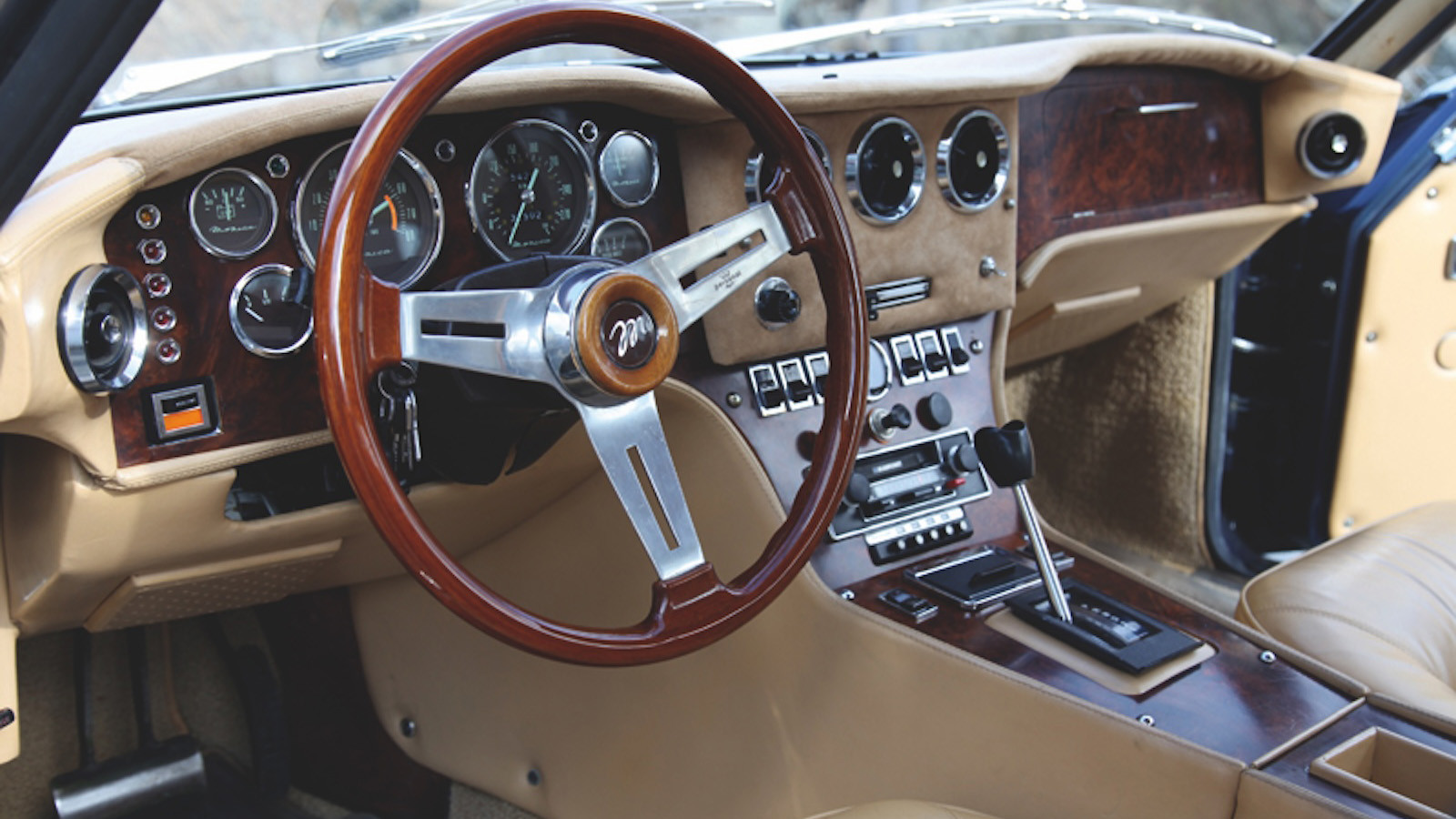 © Classic & Sports Car
© Classic & Sports Car -
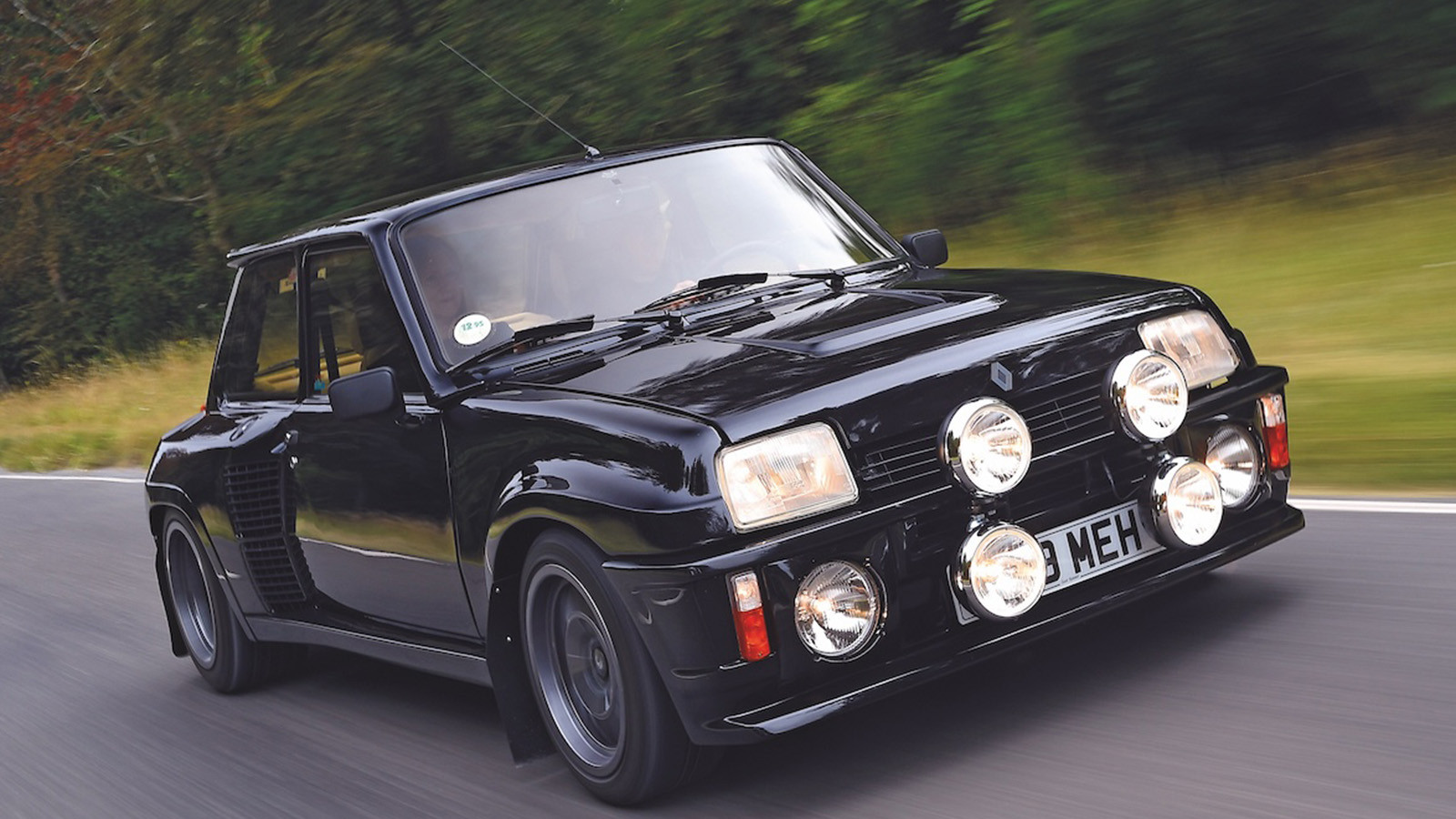 © John Bradshaw/Classic & Sports Car
© John Bradshaw/Classic & Sports Car -
 © John Bradshaw/Classic & Sports Car
© John Bradshaw/Classic & Sports Car -
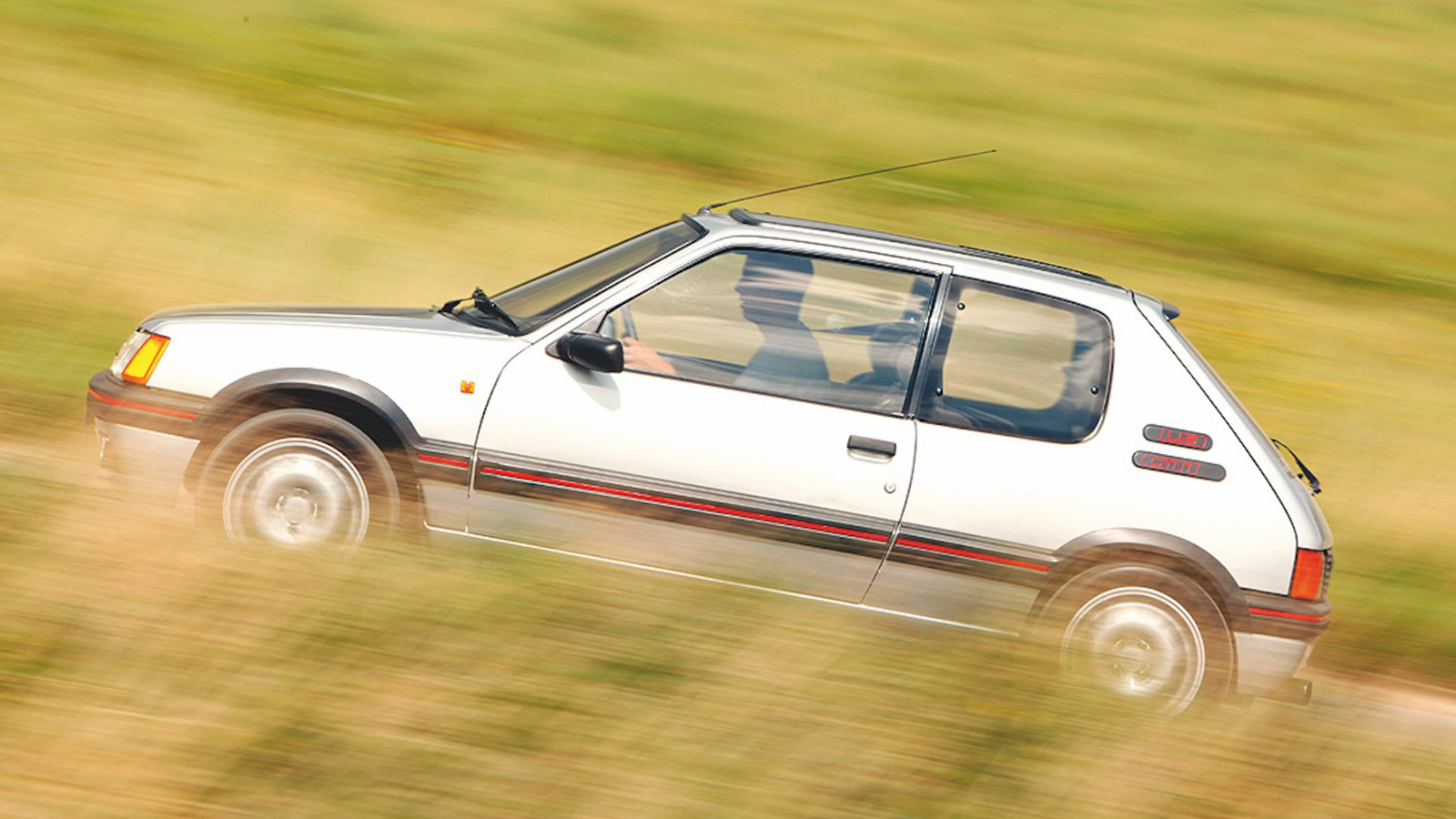 © Tony Baker/Classic & Sports Car
© Tony Baker/Classic & Sports Car -
 © Tony Baker/Classic & Sports Car
© Tony Baker/Classic & Sports Car -
 © Vadim Daniel/RM Sotheby’s
© Vadim Daniel/RM Sotheby’s -
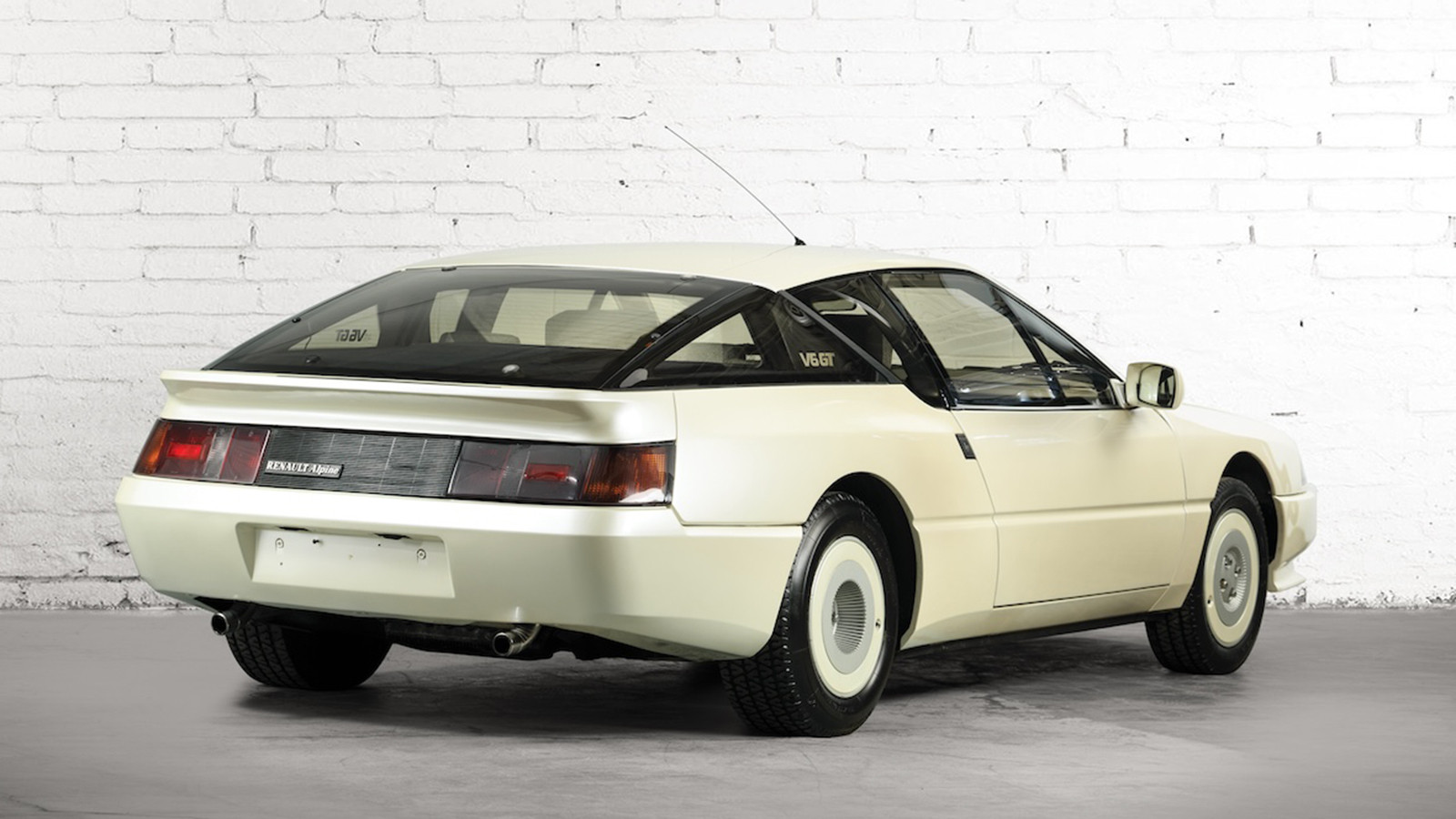 © Vadim Daniel/RM Sotheby’s
© Vadim Daniel/RM Sotheby’s -
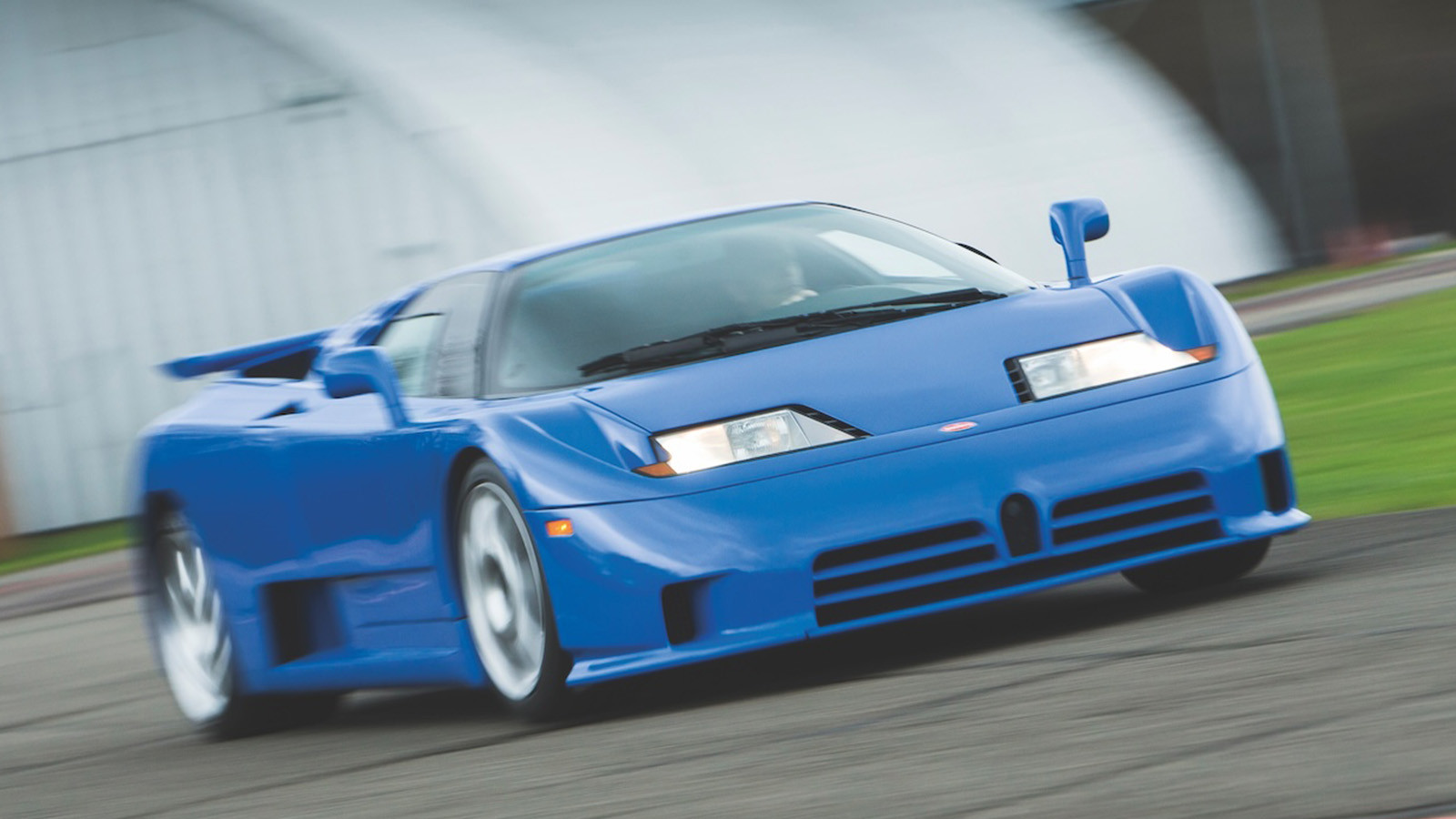 © Luc Lacey/Classic & Sports Car
© Luc Lacey/Classic & Sports Car -
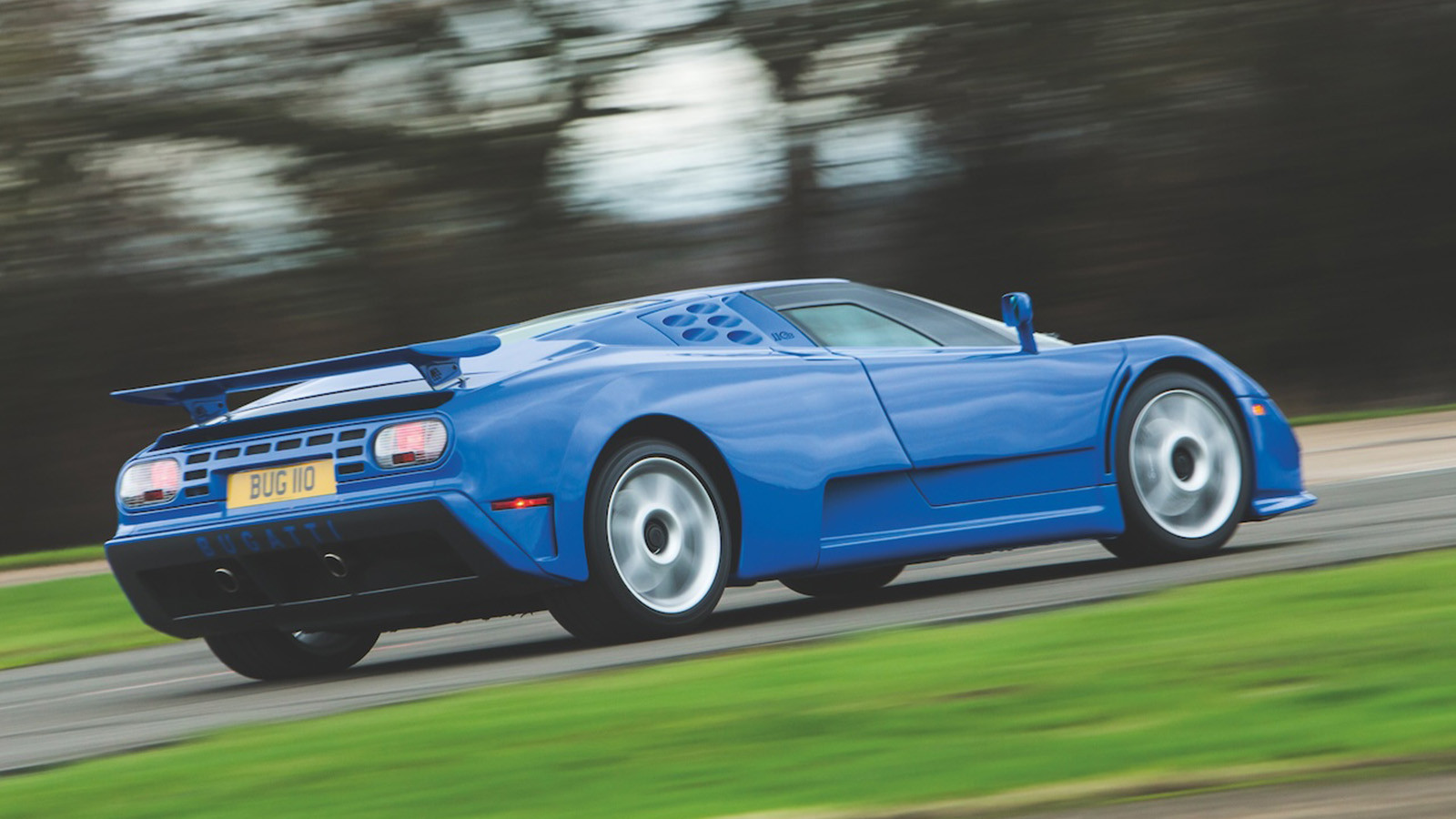 © Luc Lacey/Classic & Sports Car
© Luc Lacey/Classic & Sports Car -
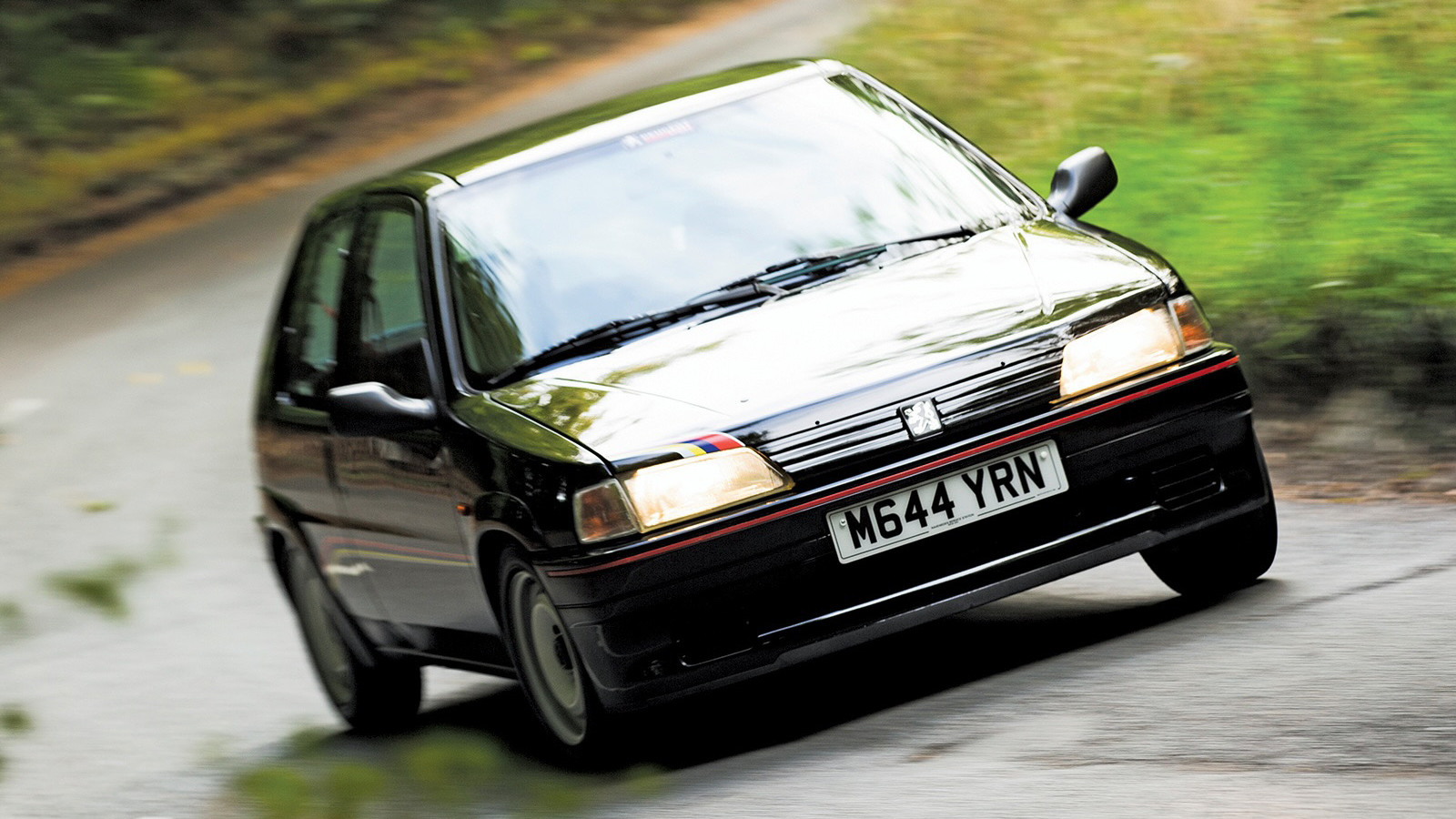 © Luc Lacey/Classic & Sports Car
© Luc Lacey/Classic & Sports Car -
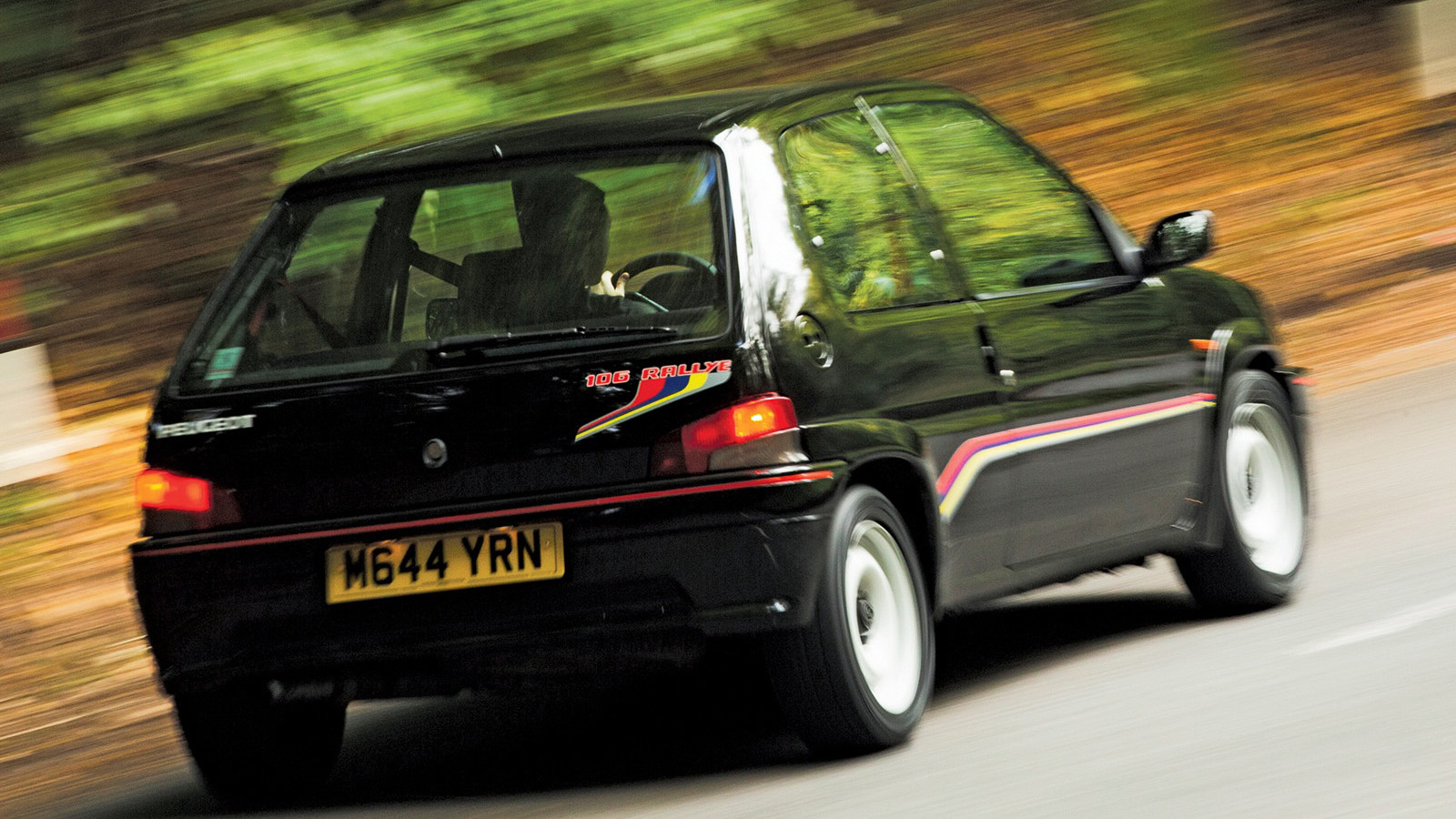 © Luc Lacey/Classic & Sports Car
© Luc Lacey/Classic & Sports Car -
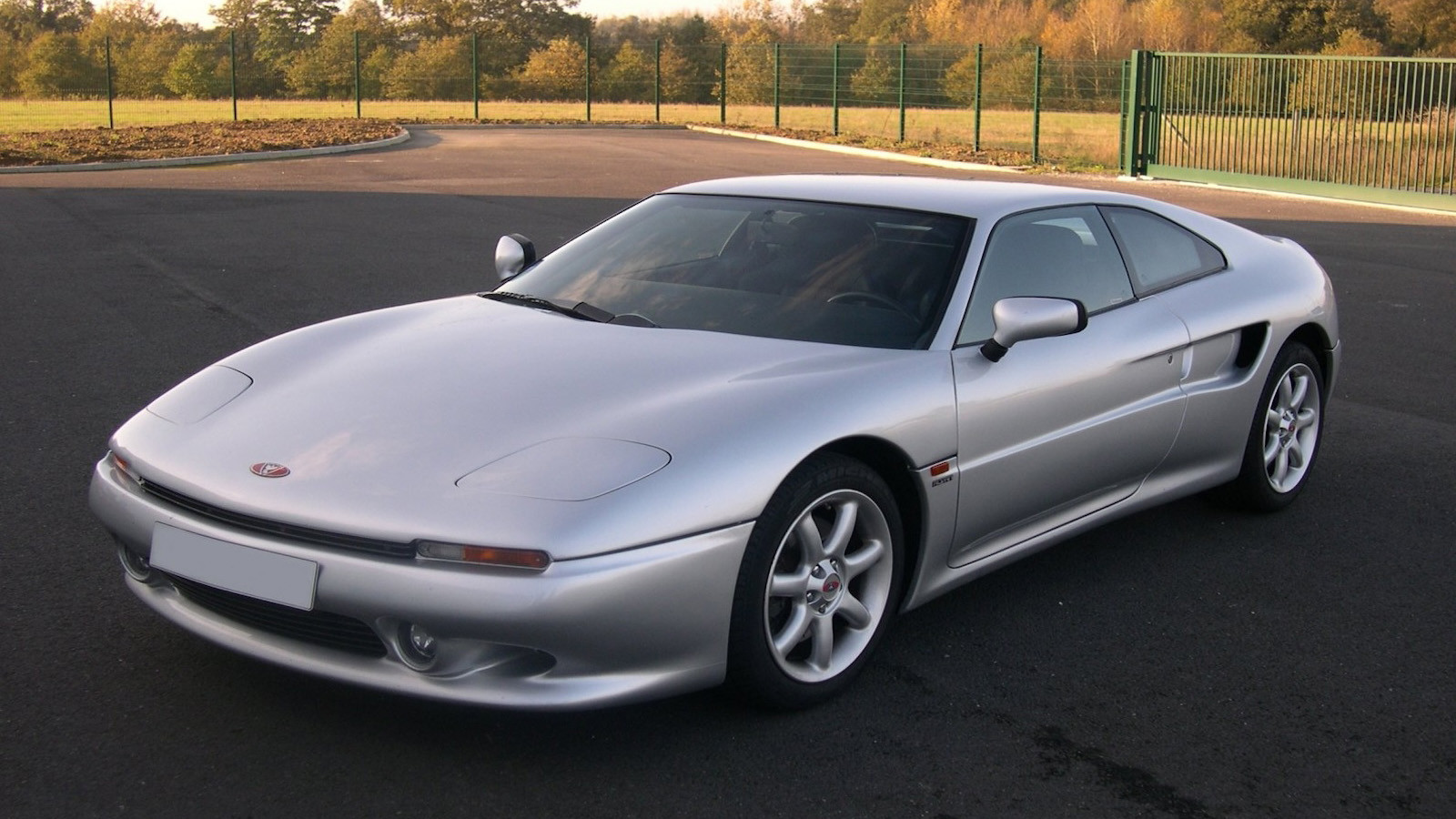 © Mcassonnet/Creative Commons licence https://creativecommons.org/licenses/by-sa/2.5/
© Mcassonnet/Creative Commons licence https://creativecommons.org/licenses/by-sa/2.5/ -
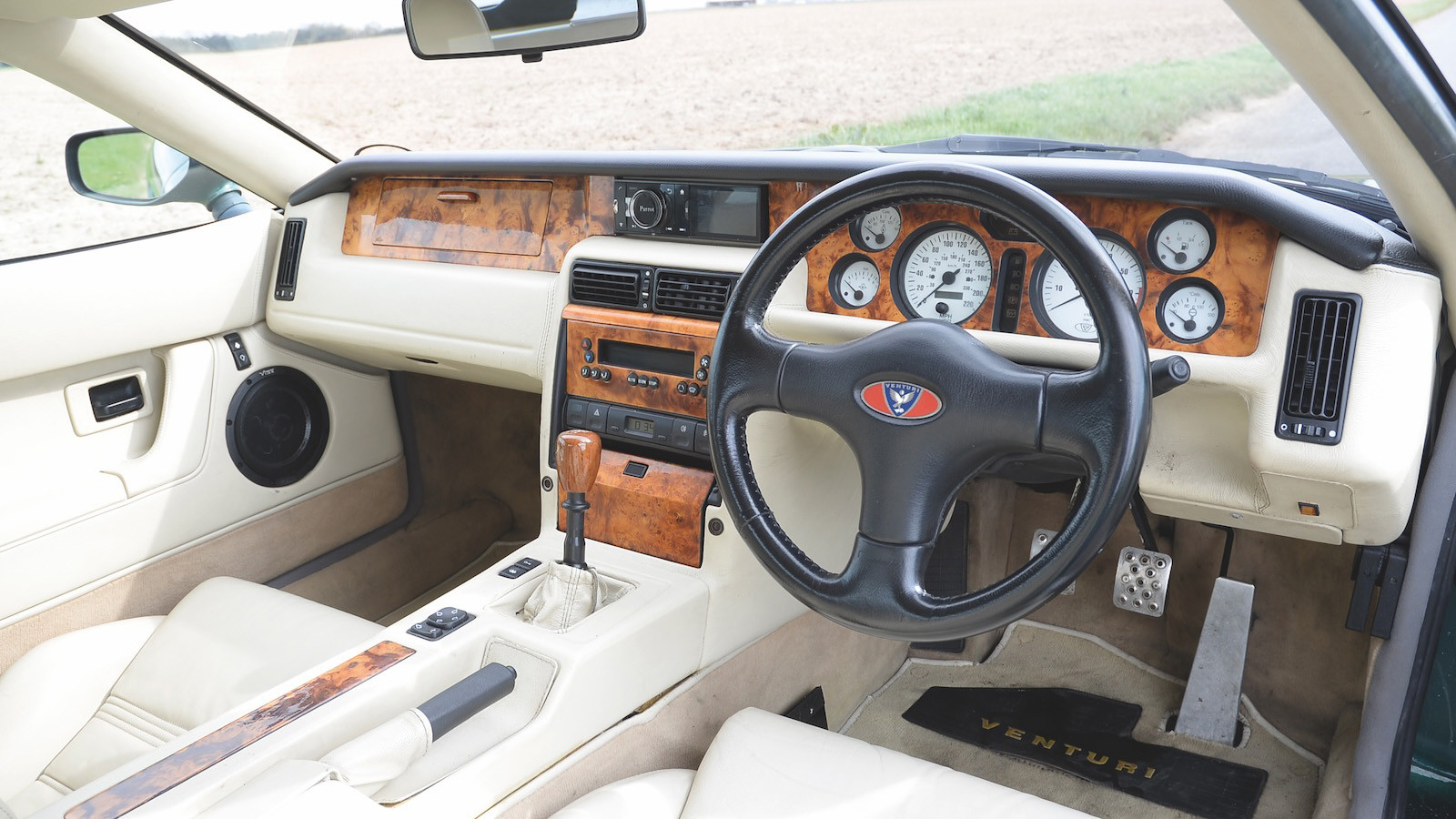 © Classic & Sports Car
© Classic & Sports Car -
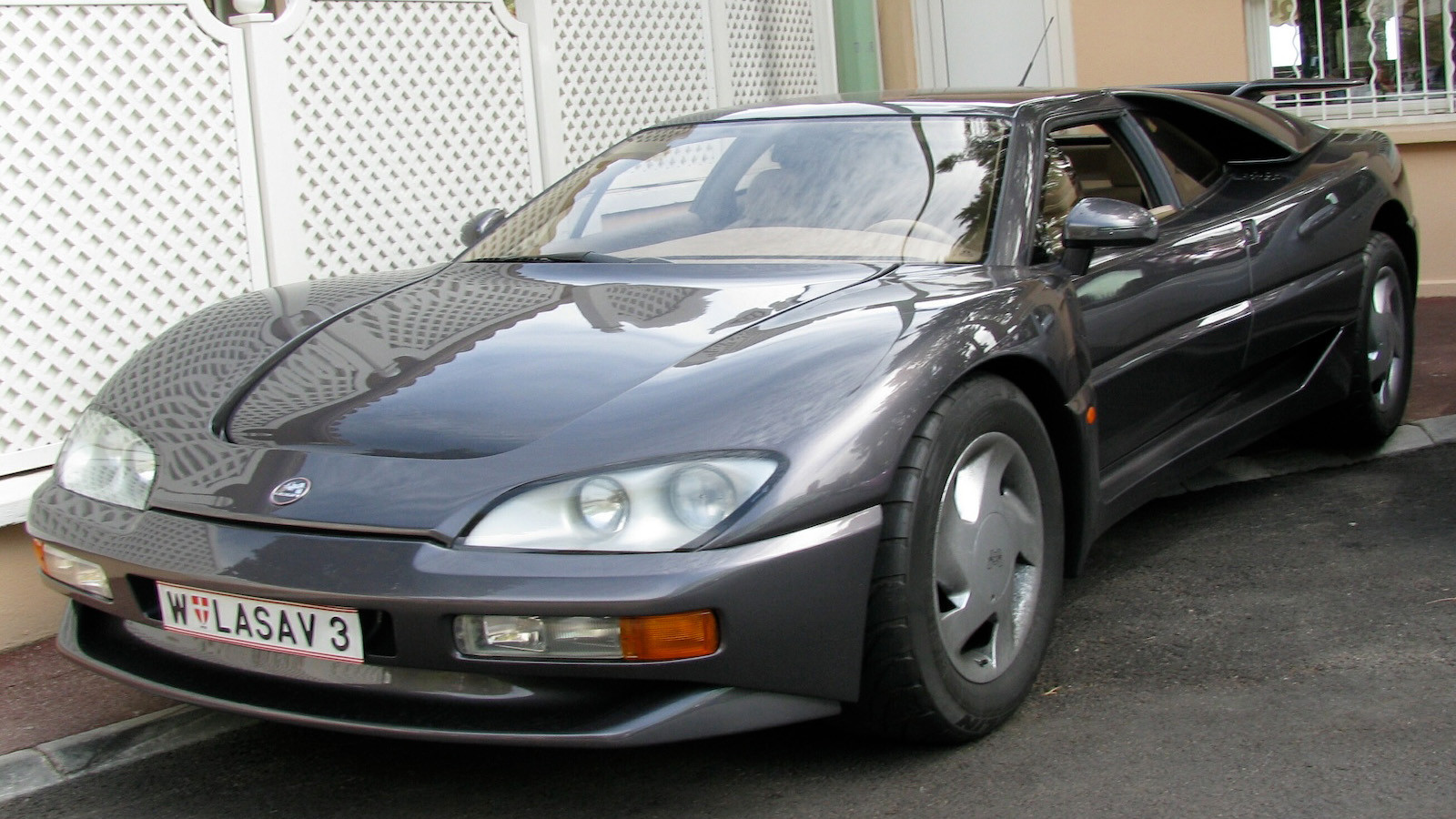 © CarSpotter/Creative Commons licence https://creativecommons.org/licenses/by-sa/2.0/
© CarSpotter/Creative Commons licence https://creativecommons.org/licenses/by-sa/2.0/ -
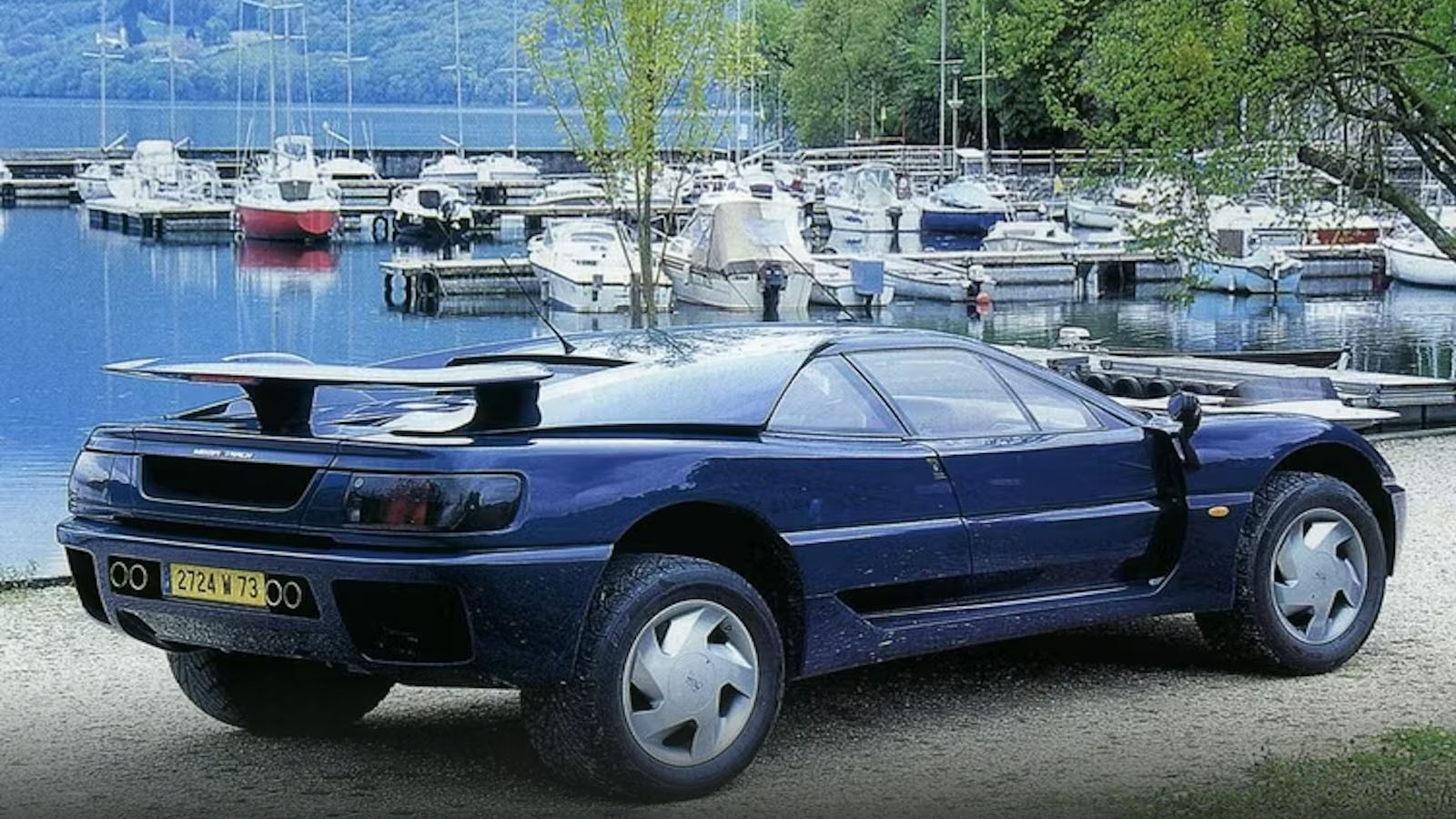 © Aixam
© Aixam -
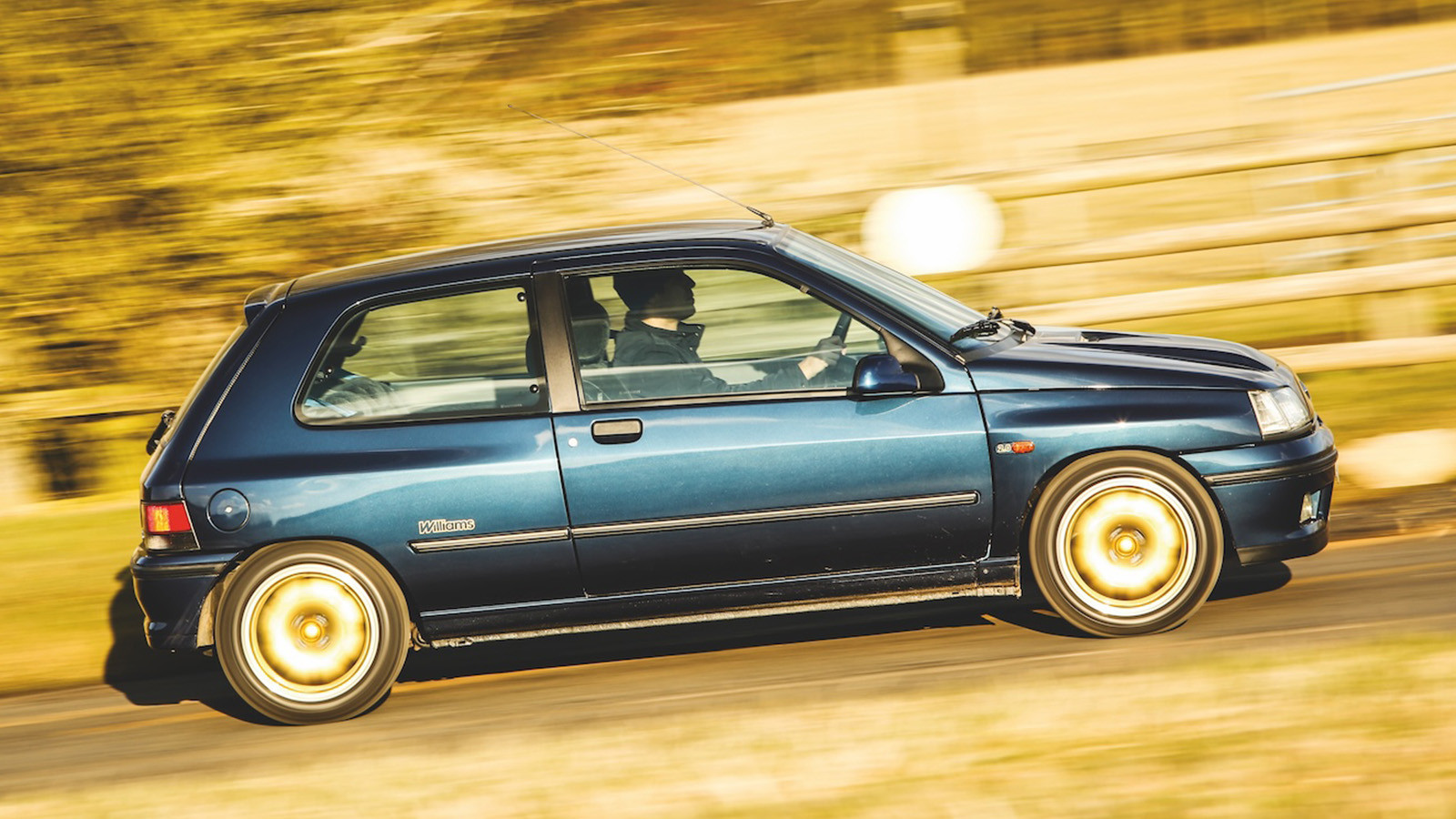 © Tony Baker/Classic & Sports Car
© Tony Baker/Classic & Sports Car -
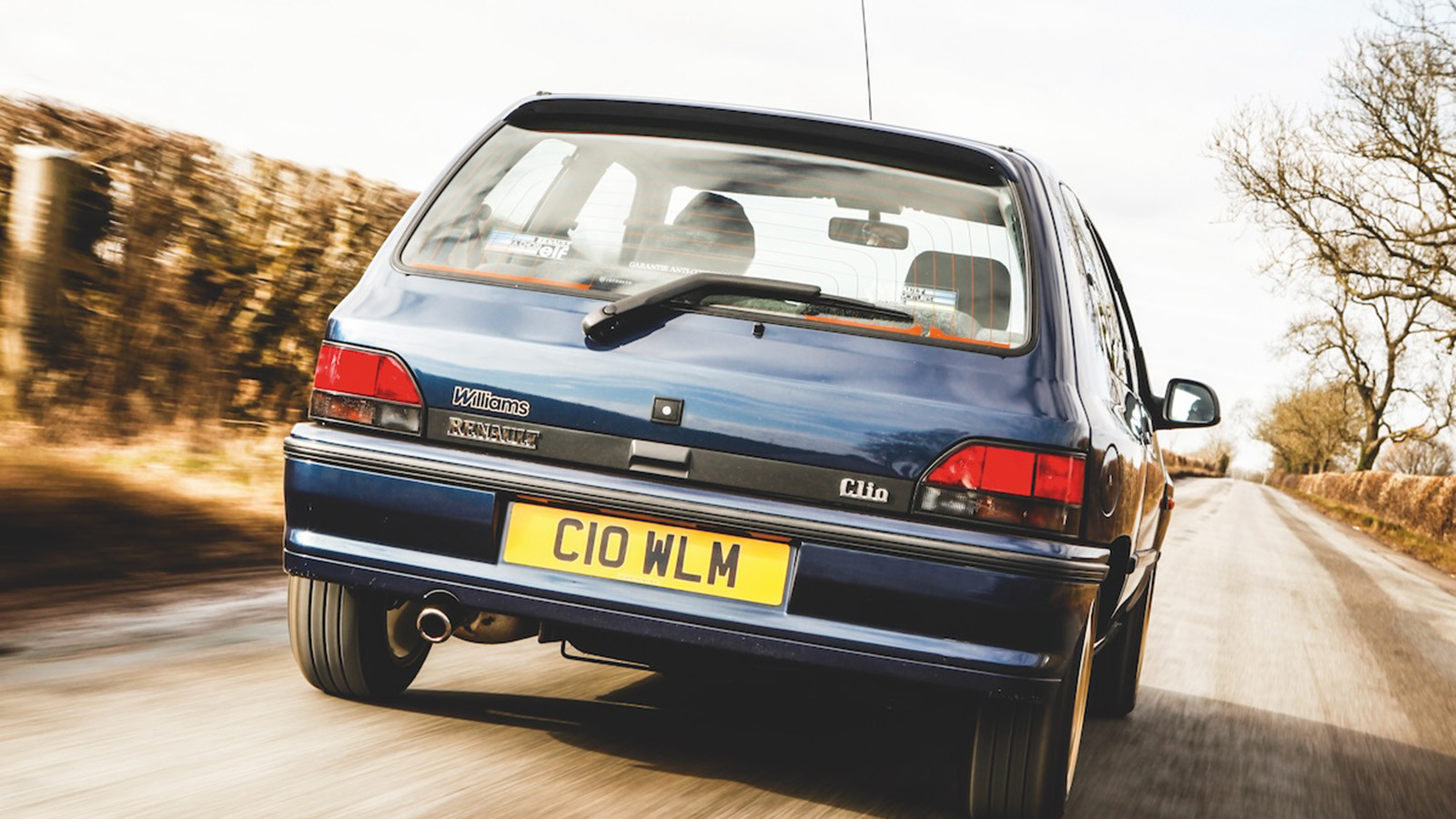 © Tony Baker/Classic & Sports Car
© Tony Baker/Classic & Sports Car -
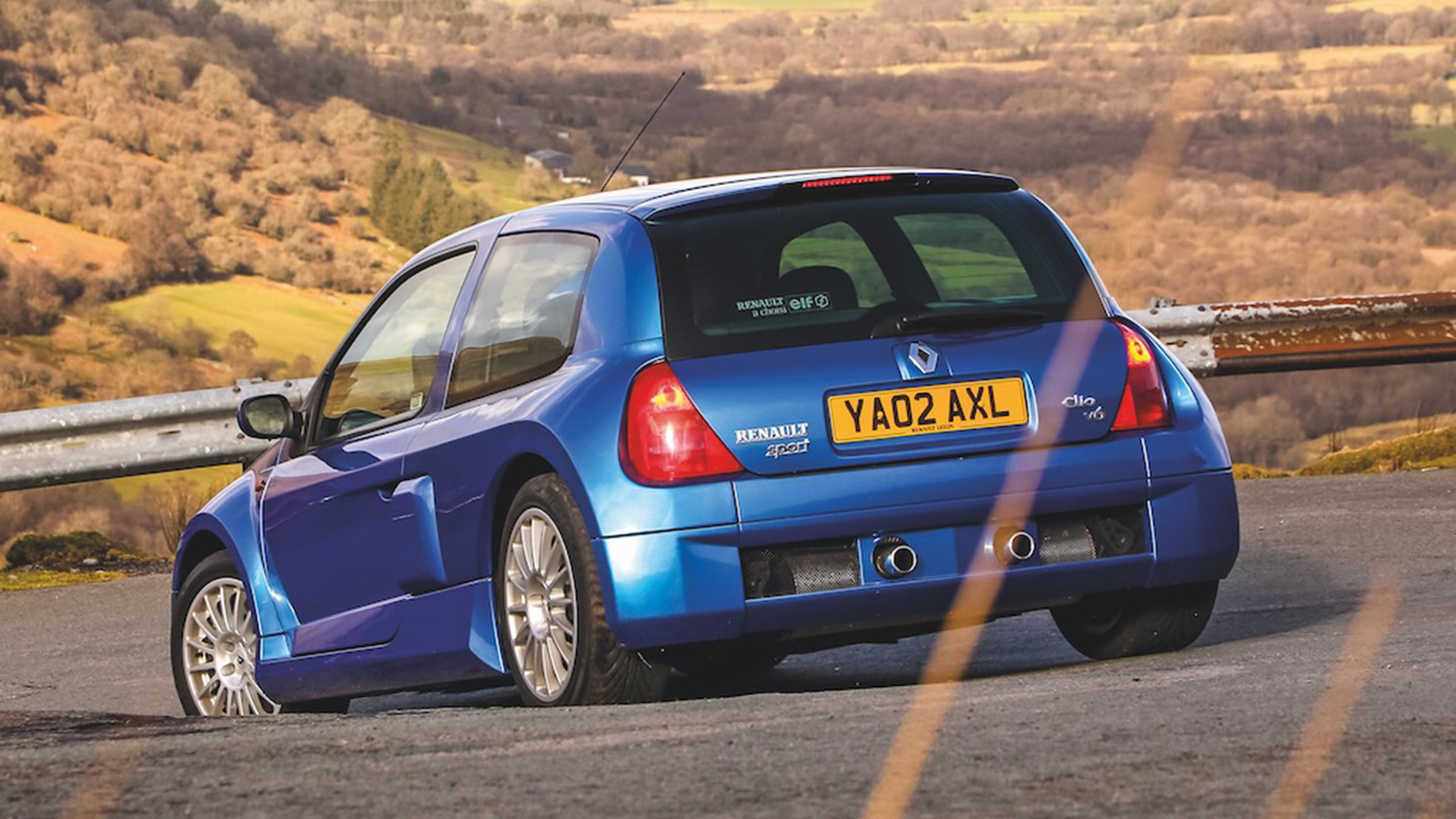 © Tony Baker/Classic & Sports Car
© Tony Baker/Classic & Sports Car -
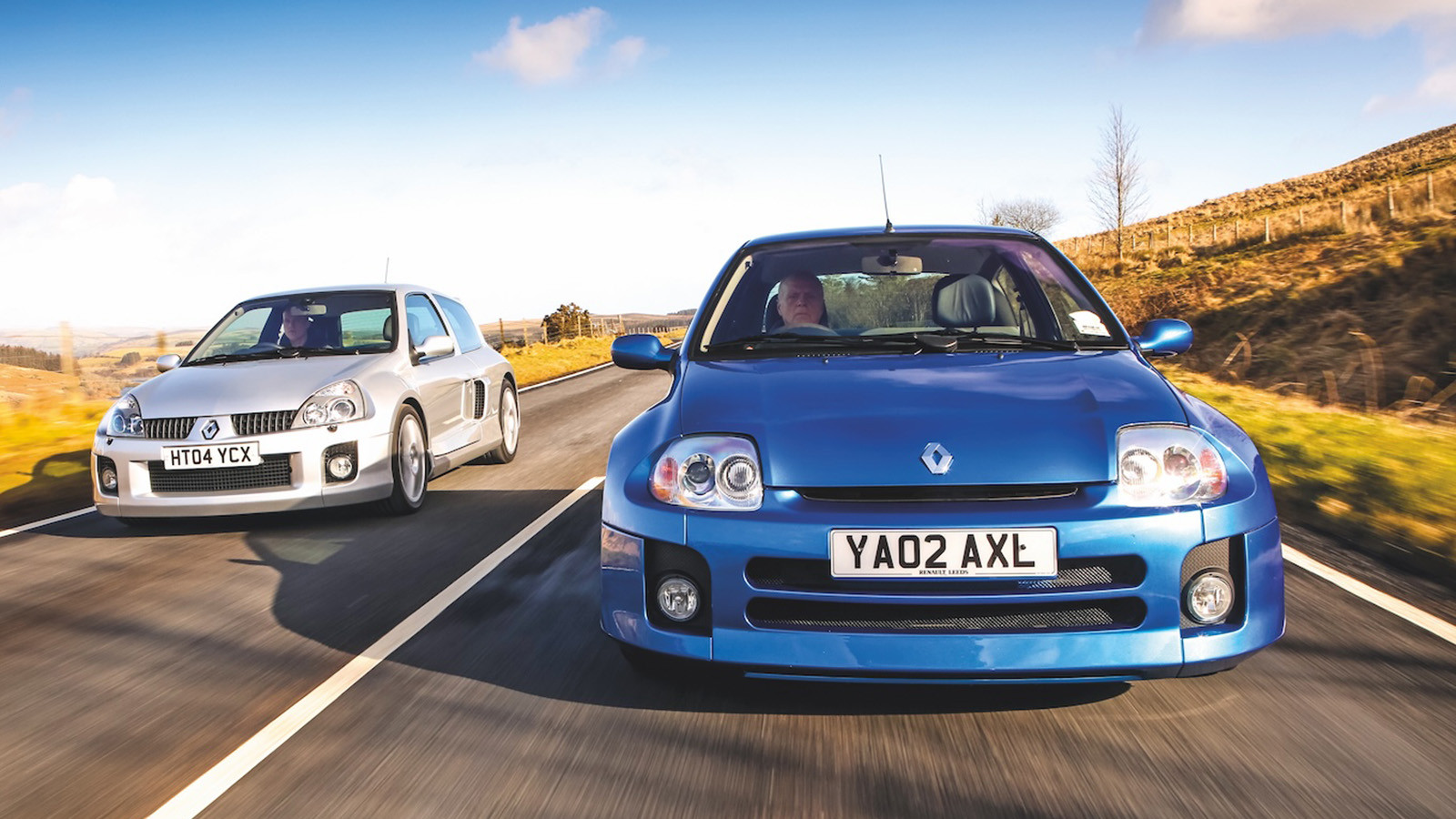 © Tony Baker/Classic & Sports Car
© Tony Baker/Classic & Sports Car -
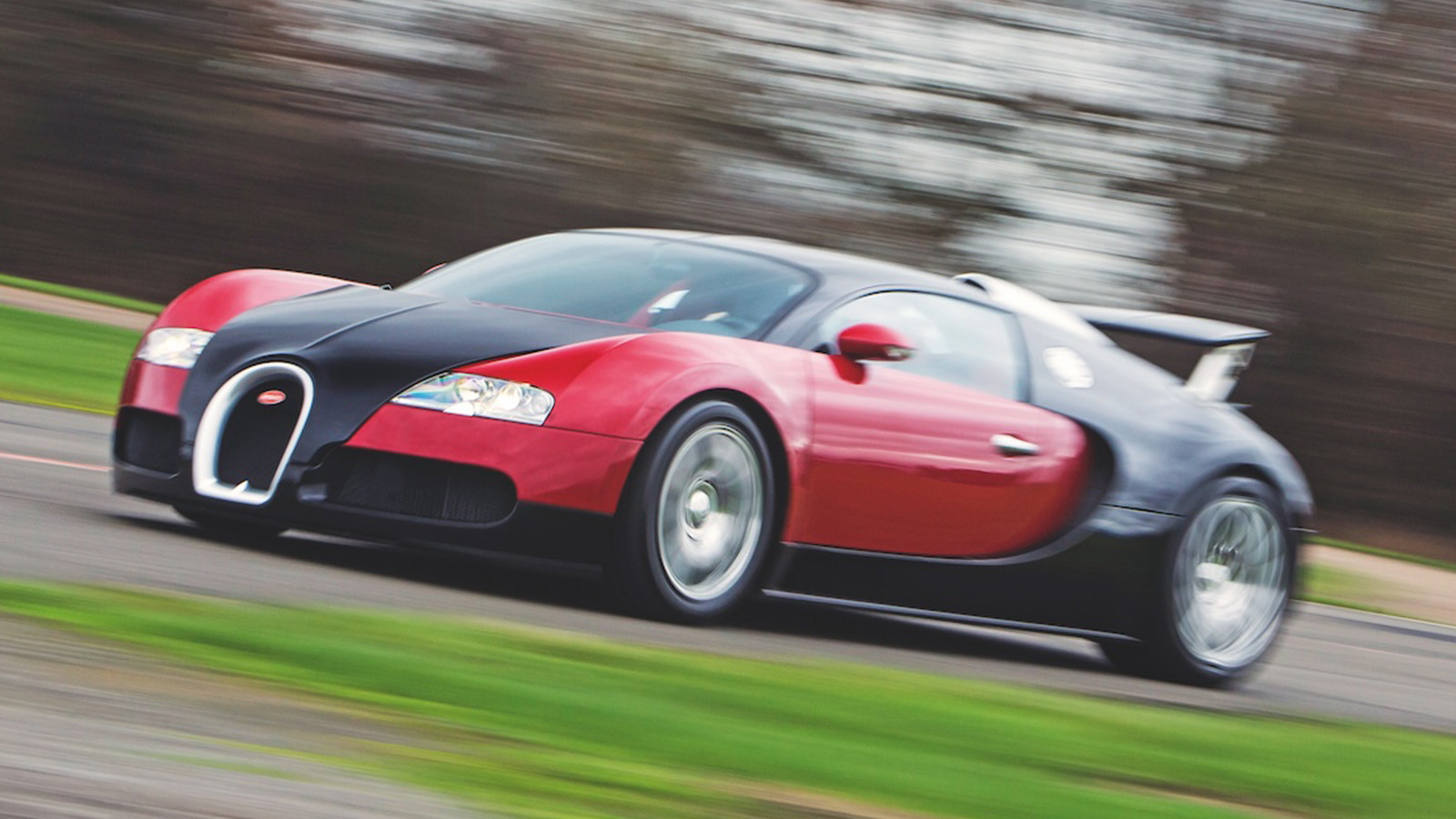 © Luc Lacey/Classic & Sports Car
© Luc Lacey/Classic & Sports Car -
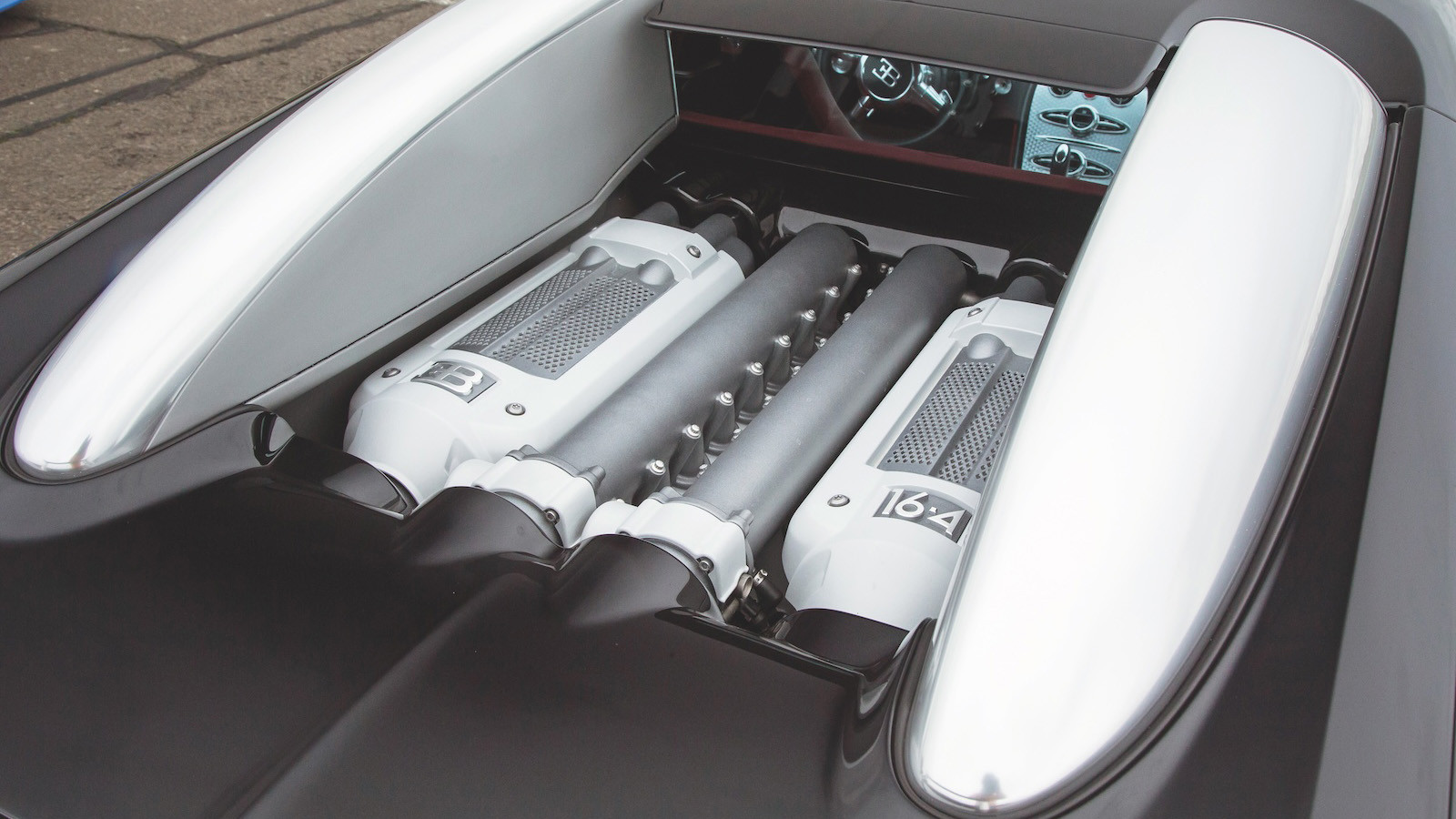 © Luc Lacey/Classic & Sports Car
© Luc Lacey/Classic & Sports Car
-
French fancies
Assumption is a terrible thing. Ask anyone to name a performance car from throughout the ages and the chances are they’ll choose something Italian or German.
Or maybe something from the United Kingdom.
But France? Perhaps not.
And that’s a mistake, because almost since the dawn of the motorised vehicle, France has produced some fabulous (and often more than a little wacky) high-speed machines.
Here we celebrate 17 times when French car makers did just that, presenting the models in chronological order.
-
1. Bugatti Type 57 (1934-’40)
Bugatti was already well known for its racing exploits with the Type 35, and its luxury on-road presence with the enormous Type 41 Royale, but it wanted to get into the world of grand-touring machinery.
So, in 1934, it produced the Type 57, which featured the 3.3-litre, straight-eight engine from the company’s Type 59 Grand Prix cars – good enough for a top speed of 95mph, which was more than enough for the roads of the day.
However, Bugatti soon set about tuning it, so along came the Type 57SC Atlantic model of 1936.
Add in the teardrop-shaped aerodynamic bodywork for this version, which was penned by Jean Bugatti, son of company founder Ettore, and the top speed rose to 123mph.
-
Bugatti Type 57 (cont.)
The bodywork of the original prototype was made of Electron, an alloy of magnesium and aluminium.
However, the highly flammable nature of the magnesium meant that the body couldn’t be welded, and had to be riveted together, so Bugatti made the rivets a feature of the design of the front wings.
Expense meant that when the company started to produce the Atlantic, it had aluminium bodywork after all, although the dorsal ‘spine’ remained on the wings for stylistic reasons.
Bugatti took the Type 57 racing, too, and in 1939 it won the Le Mans 24 Hours.
-
2. Delahaye 135MS (1938-’54)
If you wanted a French luxury car in the early 1930s, the Delahaye showroom was a pretty good place to start your search.
If you wanted a fast, sporting machine, then you’d maybe think about going elsewhere first.
This was a problem for Delahaye, so after being encouraged to do so by none other than Ettore Bugatti, it set about producing a car that had ‘go’ as well as ‘show’.
The Delahaye 135 was a sporting tourer that featured a 3.2-litre straight-six engine that was eventually tuned to produce 110bhp. However, the car was also offered with a 3.6-litre version, which was even more powerful.
-
Delahaye 135MS (cont.)
As with many French manufacturers of the time, Delahaye produced the chassis and running gear, while bodywork was outsourced to various coachbuilders.
This means there are no two alike, although most have sleek, aerodynamic bodywork with swooping wheelarches and covered rear wheels.
However, yet more performance was required, so Delahaye came up with the 135MS, or ‘Modifie Speciale’ (as pictured here).
This featured a 3.6-litre straight-six motor and a four-speed manual gearbox, although a four-speed Cotal preselector transmission was also available.
Power was between c120-145bhp, but many were competition versions which boasted even bigger outputs.
-
3. Talbot-Lago Grand Sport T26 (1948-’51)
After the end of the Second World War, people were keen to hit the road – and hit the road with some haste.
So, Talbot-Lago came up with a car that would allow them to do so, and to travel a long way in some comfort at the same time.
Under that long bonnet lay a 4.5-litre straight-six engine that had seen service in the Talbot-Lago T26 Grand Prix cars of the time, and it was tuned to produce around 190bhp, making the Grand Sport one of the most powerful production cars of the era.
-
Talbot-Lago Grand Sport T26 (cont.)
However, styling of the T26 Grand Sport was outsourced to various coachbuilders, such as Figoni & Falaschi, so no two cars are exactly the same.
In fact, the car pictured here is the only Grand Sport created by Figoni et Falaschi.
The performance qualities of the T26 Grand Sport also made it ideal for competition, and Frenchman Louis Rosier used one in the Le Mans 24 Hours in 1949.
The car faced cutting-edge machinery from Ferrari, but the Italian cars proved fragile, and the Talbot-Lago took the win after they failed.
He was teamed with his son, Jean-Louis, but the younger man drove only two laps and, as well as driving almost the entire distance himself, the elder Rosier also endured some bruising during the race, after an owl went through the windscreen in the middle of the night.
-
4. Alpine A110 (1963-’77)
When Alpine launched the A110 in 1963, it was met with a tidal wave of indifference.
It was small, and it was exceptionally low at just 44in (1118mm) tall. Indeed, it was given the nickname ‘Le Turbot’, in other words, ‘the flat fish’.
It had a 1.1-litre, four-cylinder engine at first, although slightly larger engines would be fitted over the course of the car’s life, culminating in the 1600S, that would achieve great success in the world of rallying.
-
Alpine A110 (cont.)
Indeed, the model achieved one-two-three finishes in the Rallye Monte-Carlo in both 1971 and 1973, and in ’73 it earned the inaugural World Rally Championship for Manufacturers, ahead of rivals Lancia, Ford and Porsche.
However, further developments, such as fuel injection and a twin-cam cylinder head, failed to achieve a performance boost, and it was clear that the car had little further potential.
The appearance of the all-conquering Lancia Stratos was another nail in the Alpine A110’s coffin, so the car was shelved, and the Alpine factory in Dieppe became the production base for the Renault 5 Turbo.
-
5. Citroën SM (1970-’75)
If you were to put together a list of unlikely tie-ups, surely one between a cash-strapped French manufacturer known for its idiosyncrasies and an Italian sports-car maker with a perennial impecunity issue would be near the top.
But some partnerships produce magic, and the Citroën/Maserati collaboration certainly managed that with the Citroën SM.
The SM was a funkily styled coupé with hydropneumatic suspension and a Maserati V6 engine up front.
It was initially intended to be a sporting derivative of the Citroën DS, but ended up being much more than that, and was largely the reason Citroën bought Maserati in the first place.
-
Citroën SM (cont.)
It also featured a whole load of cutting-edge technology, including self-levelling suspension, headlights that swivelled when the steering wheel was turned, plus a braking system that automatically altered braking pressure according to the weight being carried in the rear of the vehicle.
It was a cruiser par excellence, with plenty of performance from the 2.7-litre V6 engine and a level of ride comfort that only an ocean liner could approach, and even then only on a calm day.
However, Citroën hit hard times in the 1970s, and was taken over by Peugeot, a company that had no appetite for a high-tech, thirsty coupé during a fuel crisis. So, after almost 13,000 sales, the SM was canned in 1975.
-
6. Alpine A310 (1971-’84)
Imagine being a younger sibling to someone who is world-renowned as a success, and who has climbed the highest peaks in their chosen arena. Tough act to follow, no question.
That’s what faced the Alpine A310, the successor to the successful A110 we spoke about earlier.
The new car certainly looked the part, with a wedgy, glassfibre body and no fewer than six headlamps.
Unfortunately, it didn’t quite have the power to match the looks, because it had a rear-mounted, 1.6-litre, four-cylinder motor that produced 125bhp.
Performance was therefore relatively pedestrian, so the A310 struggled to make much of an impact in its target market.
-
Alpine A310 (cont.)
The fact that each car took around 130 hours to build further hampered sales, so Alpine sold only 2340 examples in its first five years.
However, in 1976, Alpine fitted a 2.7-litre Renault V6 engine, and restyled the front to have just the four headlamps.
Sales immediately quadrupled, and the A310 V6 found more than 9200 buyers before it was replaced in 1984.
Not bad for a difficult second album after all.
-
7. Monica 560 (1971-’75)
A phrase that’s sometimes used to describe a fast car is that it ‘goes like a train’. Well, in the case of the Monica 560, this is more accurate than most.
That’s because the man behind the car was Jean Tastevin, whose main business was the construction of rolling stock for the French railway network.
Tastevin was a fan of fast French luxury cars and was unamused by the demise of Facel Vega in the 1960s, but instead of complaining about it, he decided to build his own car.
Early development cars featured a 2.5-litre, Triumph four-cylinder engine, but it became clear that this wasn’t refined enough, so a 3.5-litre V8 was chosen for the car, in which guise it was displayed at the 1971 Paris motor show.
-
Monica 560 (cont.)
However, it wasn’t fast enough, so the 3.5-litre engine was ditched, and replaced with a 5.6-litre Chrysler V8.
Tastevin had originally envisaged a production rate of around 400 cars per year, but this proved unattainable, not least because the oil crisis of the early 1970s meant that V8 luxury cars were not selling well.
Eventually, just 35 examples were put together.
So, the Monica ended up being a lot like train travel – expensive and a bit late.
-
8. Renault 5 Turbo (1980-’85)
The world of motor racing has led to some pretty wacky road cars, and it’s fair to say that the Renault 5 Turbo is up there with the craziest.
It was a proper Frankenstein’s monster of a car, created to take the fight to Lancia in the world of rallying.
So, out went the standard engine and front-wheel-drive powertrain, closely followed by the rear seats.
Renault then fitted a 1.4-litre, turbocharged engine behind the front seats, and hooked it up to the rear wheels through a five-speed manual transmission.
The bodywork was significantly chunkier than standard, to accommodate the cooling vents and radiators required for the mid-engined machine, and the wheels and tyres were also much wider, as were the front and rear track, to help cornering.
-
Renault 5 Turbo (cont.)
Initially, it looked like Renault had developed a cracker, because Jean Ragnotti took the car to victory in its very first outing, the 1981 Rallye Monte-Carlo.
Indeed, the car was always strong on sealed-surface events, but Audi had been developing its own rally machine, which had four-wheel drive, and which left everyone else behind on the loose stuff.
Nevertheless, Renault needed to make 1000 roadgoing examples to satisfy homologation rules, but in the end the car proved so popular that the company ended up building almost 5000 over a six-year production period.
-
9. Peugeot 205 GTI (1984-’94)
Back at the end of the 1970s, the world was getting into hatchbacks in a big way, and an offshoot of this was the hot hatchback – a car that provided both performance and practicality.
Any manufacturer that didn’t have a hot hatch in its range was missing out on a huge number of sales.
So when Peugeot launched the 205 in 1983, a go-faster version was already in the works.
Sure enough, the 205 GTI was launched the following year, and immediately vaulted to the top of the pile.
It was powered by a 1.6-litre, four-cylinder engine, which might not sound much, but the car weighed less than 900kg (1984lb), so it could sprint to 60mph in just 8.7 secs.
-
Peugeot 205 GTI (cont.)
The firm suspension and sharp steering gave the Peugeot 205 GTI the reflexes of a fleeing rabbit, although it also developed a bit of a reputation for being rather too willing to wag its tail.
In 1986, Peugeot added the 1.9-litre version to the range, which offered more power and torque, and therefore more performance.
Which is better? Well, all these years later, the jury remains out.
-
10. Renault Alpine GTA (1984-’91)
Renault took over the entire Alpine operation in the early 1980s and set about a replacement for the ageing A310.
It came up with the Renault Alpine GTA, which stood for Grand Tourisme Alpine.
It had a choice of a turbocharged 2.5-litre V6 or a naturally aspirated 2.9-litre V6, and employed far more plastics and composites in its bodywork, which was bonded to a steel-backbone chassis.
Indeed, the use of such materials necessitated an extensive re-working of the production facilities at Alpine’s Dieppe factory.
-
Renault Alpine GTA (cont.)
The shape was an evolution of the A310’s, with significantly larger dimensions.
So, there were four headlamps behind a clear, plastic nose with integrated bumpers, a triangular C-pillar and a rear-mounted engine.
When it was launched it was one of the most aerodynamically efficient cars of the period with a drag coefficient of 0.28Cd.
The GTA had a five-speed manual gearbox as standard in both versions, although the fourth and fifth gears were longer in the turbo car, to help its cruising ability.
Unfortunately, the exotic-looking GTA never sold in big numbers, and is a rare sight on the roads today.
-
11. Bugatti EB 110 (1991-’95)
The Bugatti EB 110 first saw the light of day on 15 September 1991, when it was launched to celebrate 110 years since the birth of the company’s founder, Ettore Bugatti.
However, the EB 110 had had a difficult birth, with numerous styling redesigns, as well as trouble with chassis that were losing their rigidity over time, but when it hit the road it was groundbreaking.
It had a carbonfibre monocoque that weighed just 125kg (276lb), and it featured a 3.5-litre V12 engine that was fed air by no fewer than four turbochargers.
The GT offered 553bhp, while the Super Sport had a huge 603bhp – figures that would be impressive in a supercar launched today.
-
Bugatti EB 110 (cont.)
It transmitted all that power to all four wheels through a six-speed manual transmission, which allowed it to cover the 0-62mph dash in just 3.2 secs and go on to a top speed of 218mph.
The EB 110 was also one of the first cars to feature active aerodynamics, with a rear wing that could be raised and lowered as necessary.
The car gained a few celebrity buyers, one of whom was a certain Michael Schumacher, although he later crashed the car into a truck.
-
12. Peugeot 106 Rallye (1991-2003)
If ever a car proved the point that less is more, then the Peugeot 106 Rallye is that car.
Developed with rally homologation in mind, it was fantastic because it was light.
Peugeot decided to ditch everything that would slow the car down, so out went the central locking system. Electric windows? Deleted.
The company even went as far as throwing away the standard car’s power steering – and all semblance of sound-deadening material. It also had the trademark Rallye white steel wheels.
All of this worked – a kerbweight of just 825kg (1819lb) was the result.
-
Peugeot 106 Rallye (cont.)
This lightness meant that the Peugeot 106 Rallye didn’t need to have a large, powerful engine, so early cars had a 1.3-litre, four-cylinder unit that needed to be revved hard.
The engine drove the front wheels through a short-ratio, five-speed gearbox, while the suspension was lifted from the warm-hatch 106 XSi, but with larger-diameter anti-roll bars and stiffer mounting points.
Everything combined to make a car that truly fizzed on back-road blasts, but which made long-distance motorway trips something to be endured, not enjoyed.
When the Peugeot 106 was facelifted in 1996, the 1.3 was replaced by a 1.6-litre unit that was slightly easier to live with.
-
13. Venturi Atlantique (1991-2000)
It would be very easy to compare the Venturi Atlantique to the Lotus Esprit.
It was a mid-engined sports car featuring a glassfibre body on a tubular-steel backbone chassis, and it was designed to take on the very best from Ferrari and Porsche.
There were two engine options, a 3-litre V6 or a turbocharged version of the same powerplant.
It was also built in exceptionally low numbers by a manufacturer that had a financial position best described as ‘shaky’.
-
Venturi Atlantique (cont.)
The Venturi Atlantique garnered positive reviews from the motoring press at the time, but this never translated into a burgeoning order book and, unfortunately, ‘shaky’ eventually translated into ‘bankrupt’ and Venturi folded in 1996.
But that wasn’t the end, because a Thai businessman bought the company and set about restarting production.
The Venturi Atlantique 300 Biturbo appeared in 1998.
It was rapid and handled well, and was a strong rival for the Lotus Esprit, but the perennial issue of low orders reared its head again, and only 13 examples were constructed.
In 2000, Venturi filed for bankruptcy once again.
-
14. Aixam Mega Track (1992-2000)
Aixam is a brand known for producing tiny little cars that can be driven without a licence in France, which is about as far from the performance end of the automotive spectrum as it’s possible to get.
However, back in the early 1990s, company boss Georges Blain wanted to enter the supercar arena. But he didn’t want an Aixam supercar to be just like any other supercar.
Oh no, that would be too mundane. So he decided that his company would build a supercar that could also go off-road. And not just ‘off-road’ as in ‘grassy car park’. No, he wanted ‘off-road’ as in ‘Paris-Dakar Rally’.
-
Aixam Mega Track (cont.)
The supercar side of things was taken care of by a 6-litre V12 engine lifted from a Mercedes S600, while the off-road aspects came courtesy of adjustable-height suspension that could offer ground clearance of up to 13in (330mm). It was also enormous, at more than five metres long.
The Mega Track also ran on tyres specially developed by Michelin, and had a 110-litre fuel tank. Perfect for those high-speed blasts through the local desert.
Unfortunately, the price of 1.7 million francs proved prohibitive for most people. Only six examples were ever sold.
-
15. Renault Clio Williams (1993-’98)
Renault was going head to head with the Peugeot 205 GTI in the early 1990s with its Clio 16-valve.
However, the company wanted to go racing and rallying, and needed a version with a larger engine to comply with homologation rules, so began to develop a super-hot hatch with a 2-litre motor up front.
The company was also riding the crest of a wave through its Formula One partnership with Williams, so used the Williams name as a little bit of extra marketing sparkle, although the F1 team had no influence on the car’s development.
-
Renault Clio Williams (cont.)
The company produced a run of 3800 cars, each with a numbered plaque, and was pleasantly surprised when these sold out very rapidly indeed. So, it built 1600 more cars.
However, still the demand for the car wasn’t satisfied, so Renault launched the Clio Williams 2 and Clio Williams 3 – eventually building almost 12,000 examples.
This displeased owners of the original car, who were unhappy at the exclusivity of their cars being diluted.
-
16. Renault Clio V6 (2001-’05)
The world needs a bit of eccentricity from time to time. Something so unexpectedly mad that you can only stare and think: “Wow. They actually did that.”
That was the case with the Renault Clio RenaultSport V6, a car built to promote the then-new and entirely normal Clio 2 range.
So, how do you get your new small hatchback into the minds of bargain-conscious buyers? Well, according to Renault, you start a one-make racing series.
The first cars had the vague appearance of a Clio 2, but shared very little with the hatchback.
Gone were the small engines up front and front-wheel drive, and instead the cars had a 3-litre V6 mounted behind the front seats, driving the rear wheels through a six-speed sequential gearbox.
-
Renault Clio V6 (cont.)
The first cars were designed and built by Tom Walkinshaw Racing, and were what you might call ‘attention-grabbing’ to drive, with tricky on-the-limit behaviour.
However, for the facelifted cars that appeared in 2003, RenaultSport took production in-house at its Dieppe base, and made bigger changes.
The 3.0 V6 benefited from a power hike, while RenaultSport tweaked the steering and suspension to tame the car’s somewhat snappy handling.
The last Clio V6 appeared in 2005, but the car’s enduring popularity and stiff pricing prove that eccentricity is a wonderful thing.
-
17. Bugatti Veyron (2005-’15)
If any car was an exercise in ‘more’, that car was the Bugatti Veyron.
Compared with the supercars of the day it had more of everything – more capacity, more cylinders, more turbochargers, more power, more acceleration, more top speed and more price.
It came about because Ferdinand Piëch, the boss of Bugatti owner VW, wanted to create the greatest supercar the world had ever seen.
The Bugatti Veyron was a technical tour de force, which was named after Bugatti’s test and development driver from the 1930s. It had an 8-litre engine with no fewer than 16 cylinders in a W layout.
-
Bugatti Veyron (cont.)
This engine was fed air through four turbochargers, and produced 987bhp. This gargantuan power output was distributed to all four wheels through a seven-speed, dual-clutch gearbox.
Performance was biblical, with the 0-62mph sprint covered in 2.5 secs, and a top speed of 253mph (once the ‘special’ key had been inserted to remove the 213mph limiter).
But the clever trick that Bugatti managed to pull off was that despite the prodigious power the car was easy to drive and utterly civilised in day-to-day traffic.
What’s more, subsequent versions got even faster…
